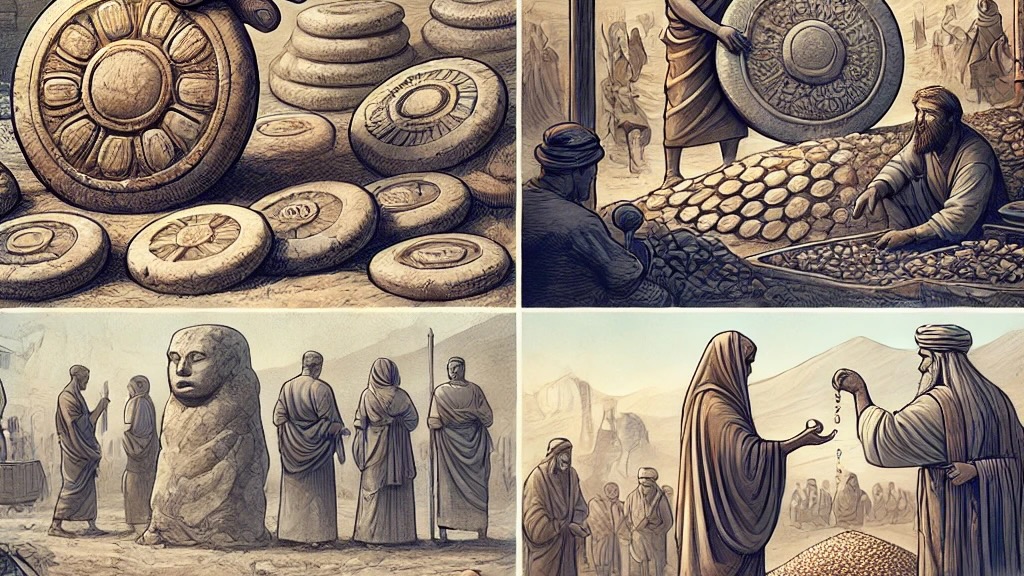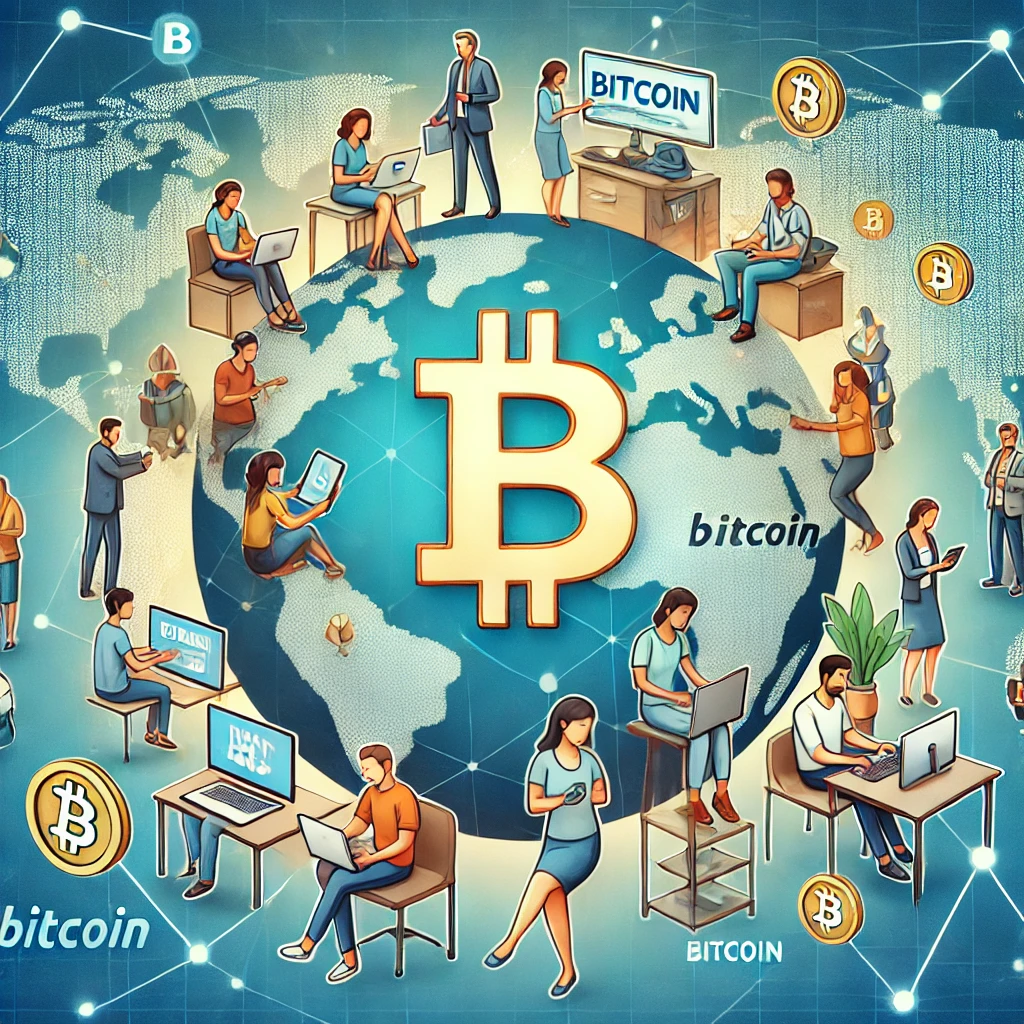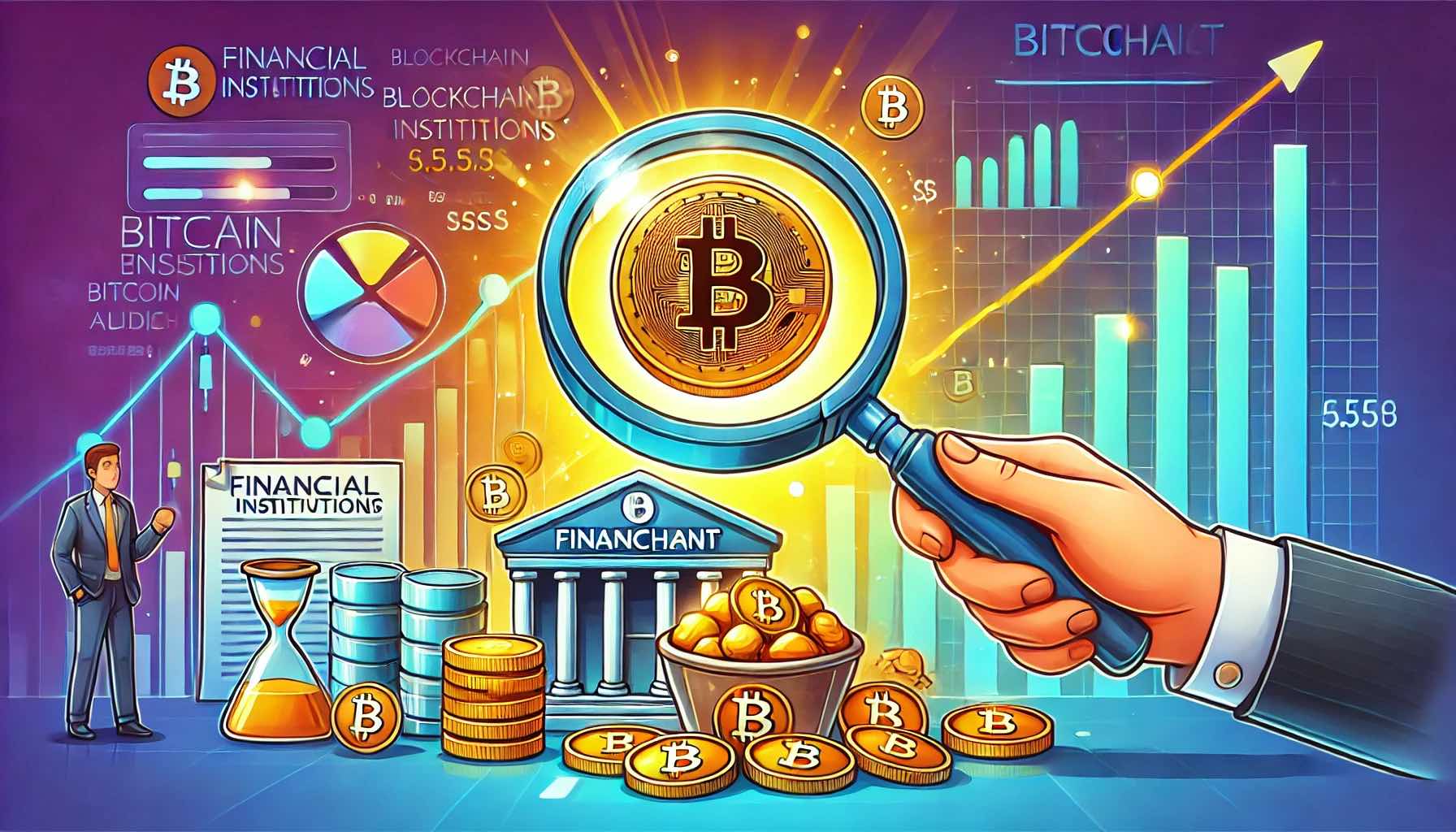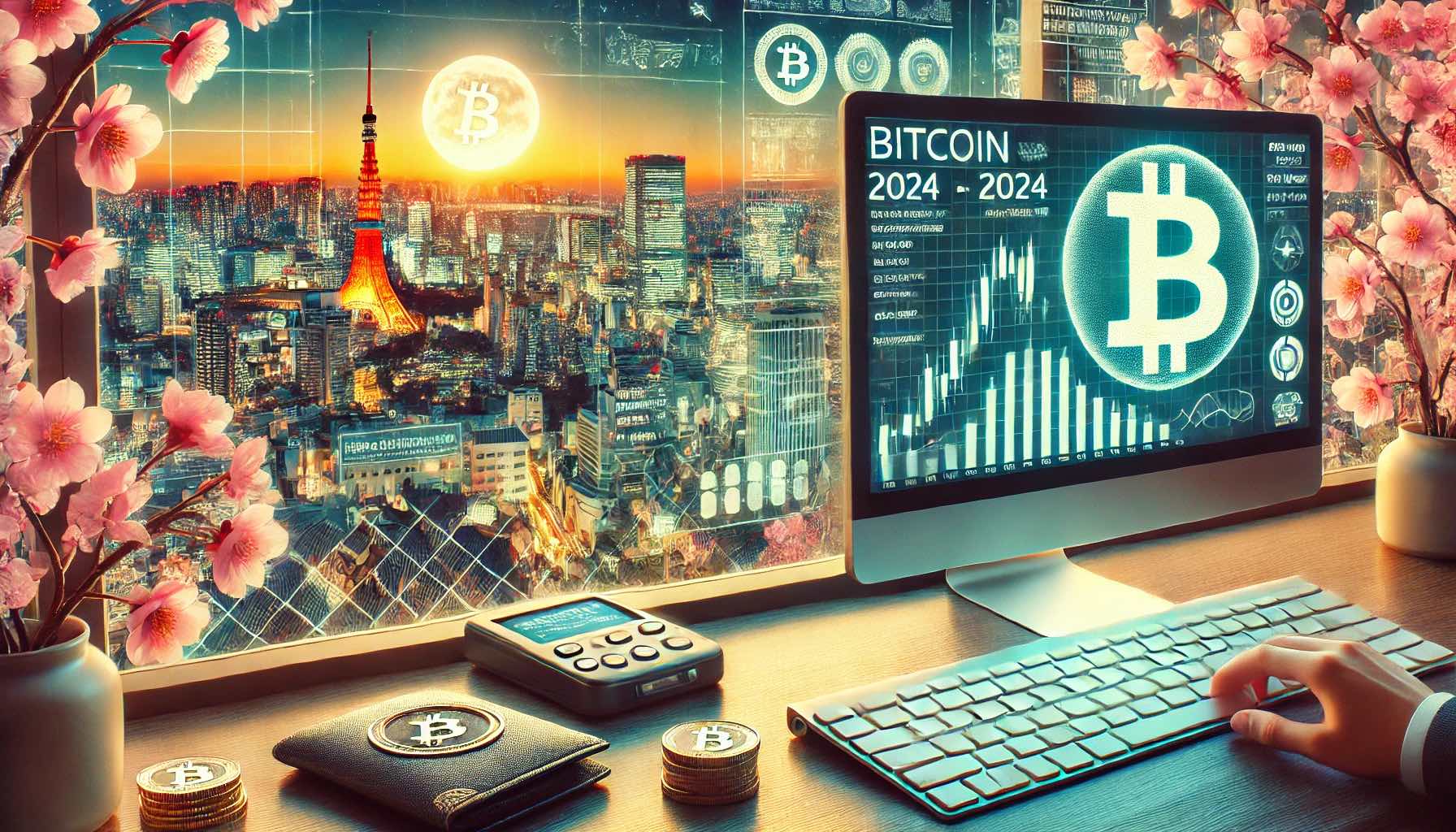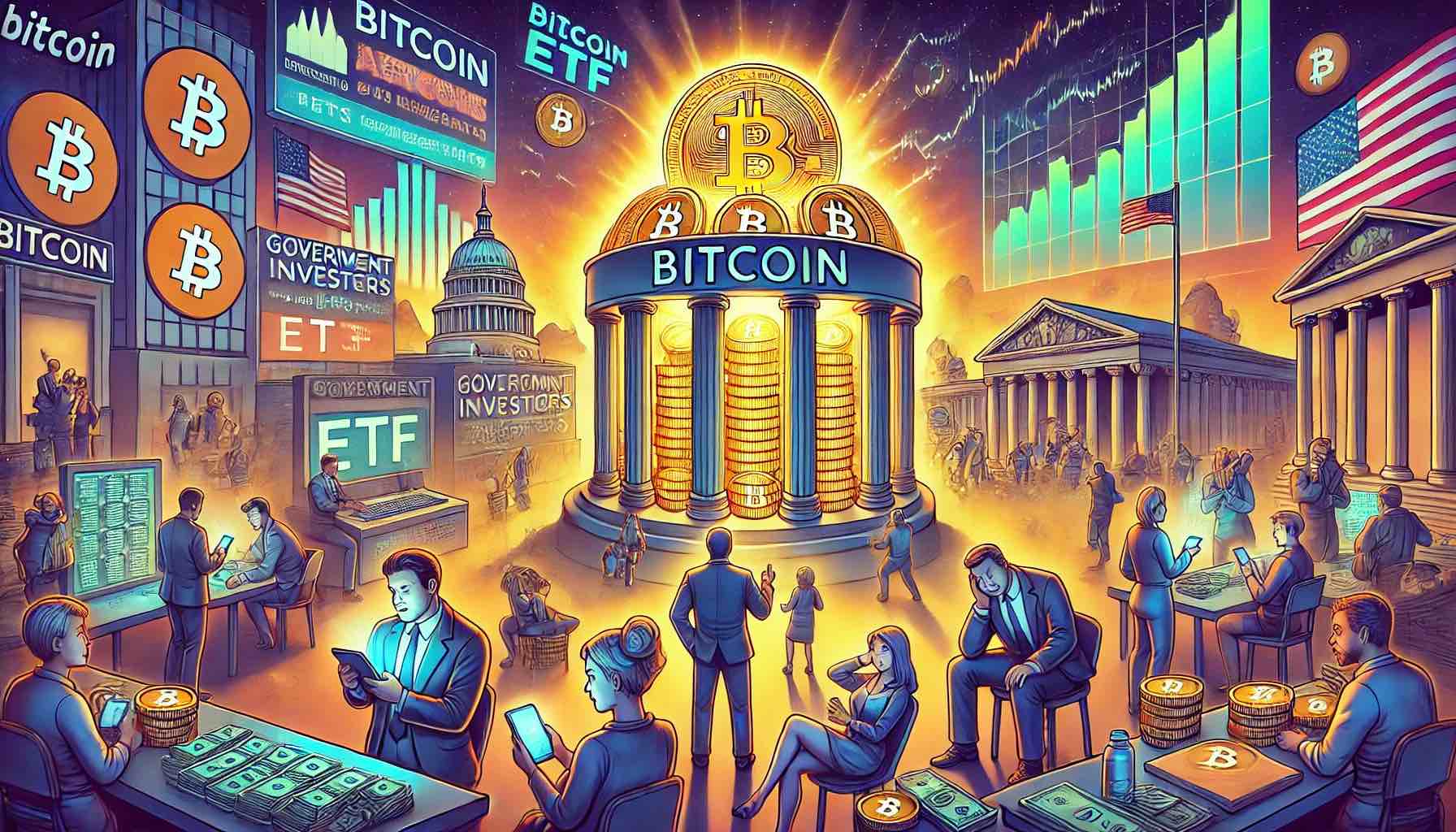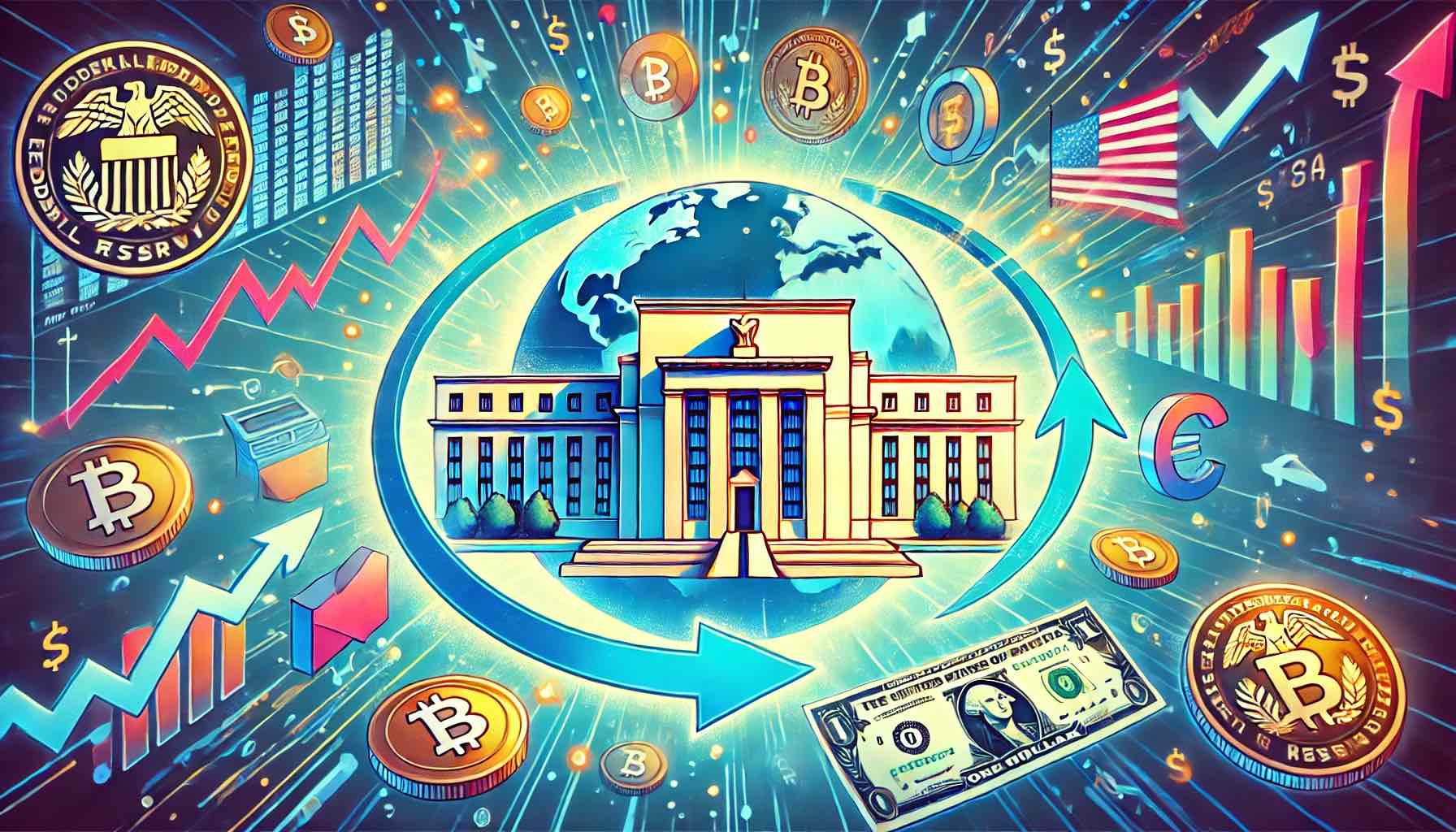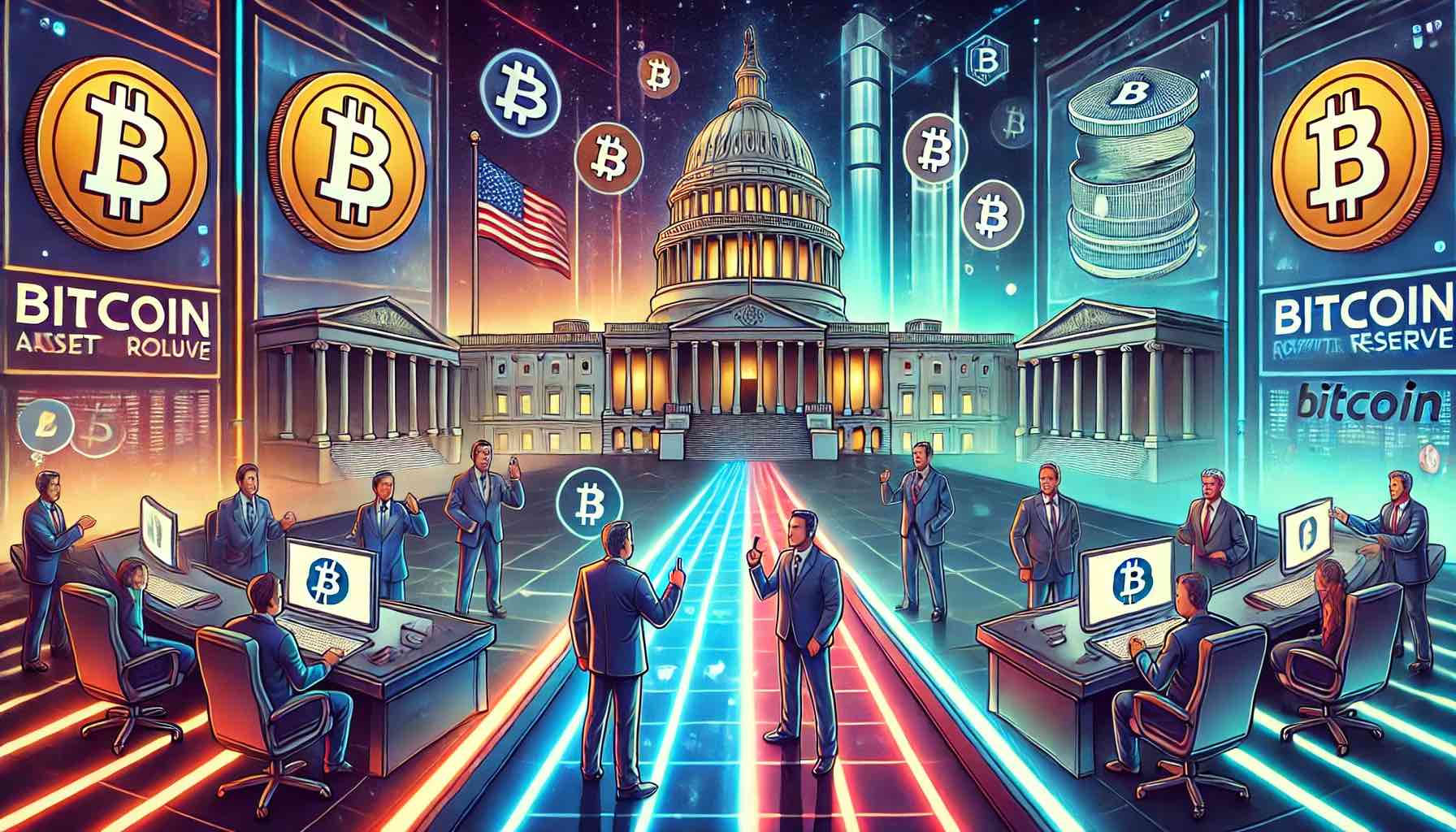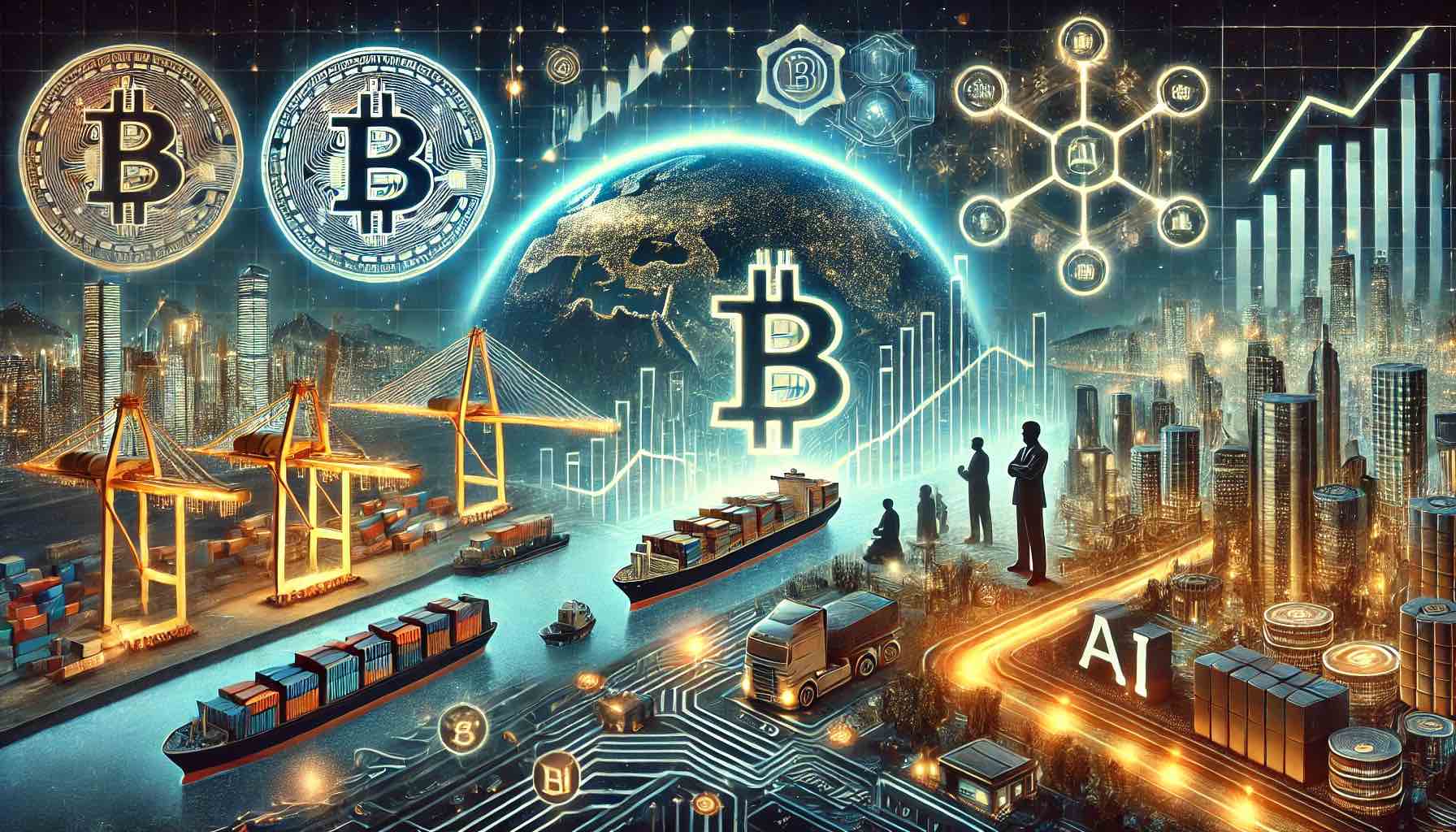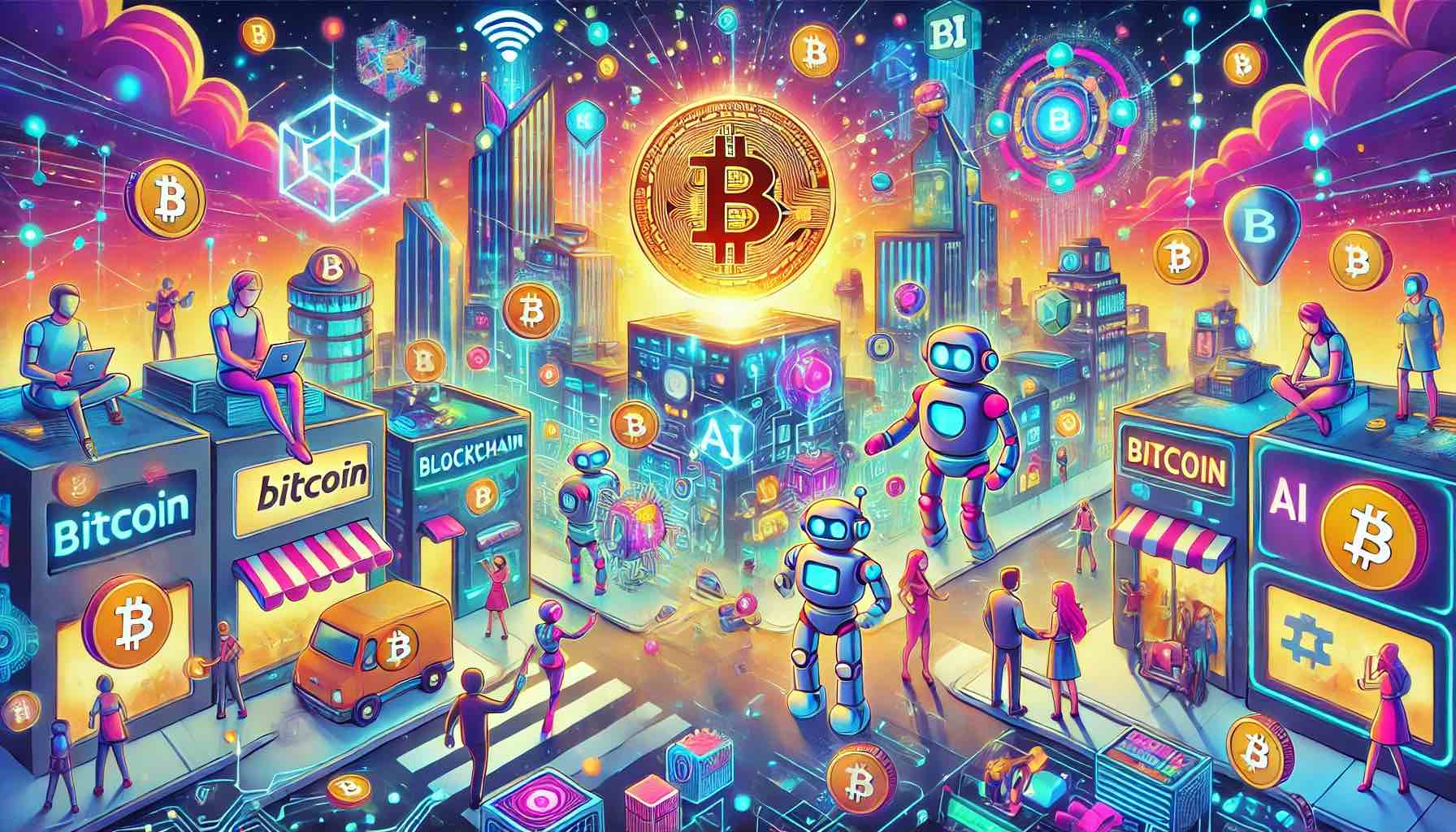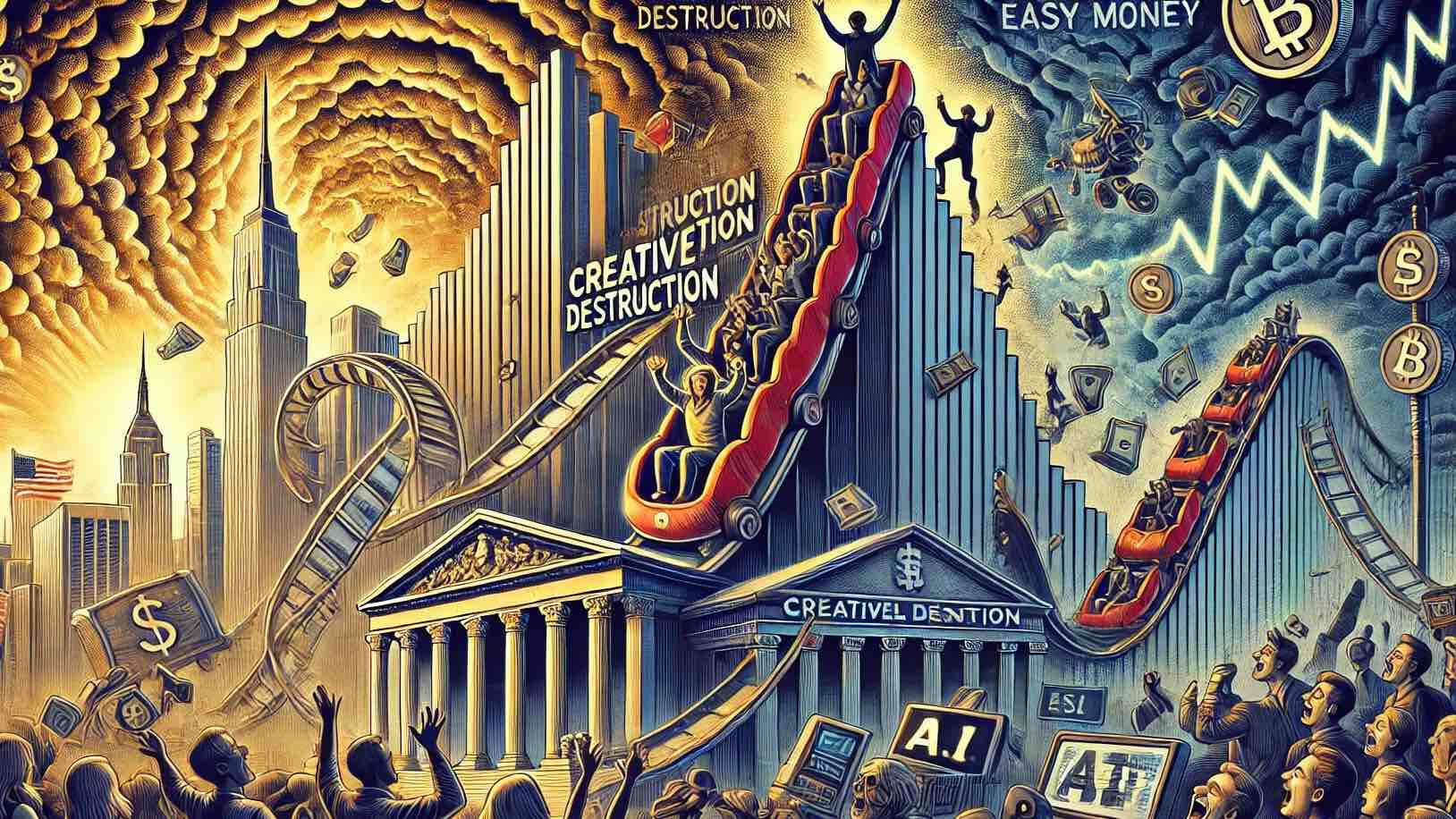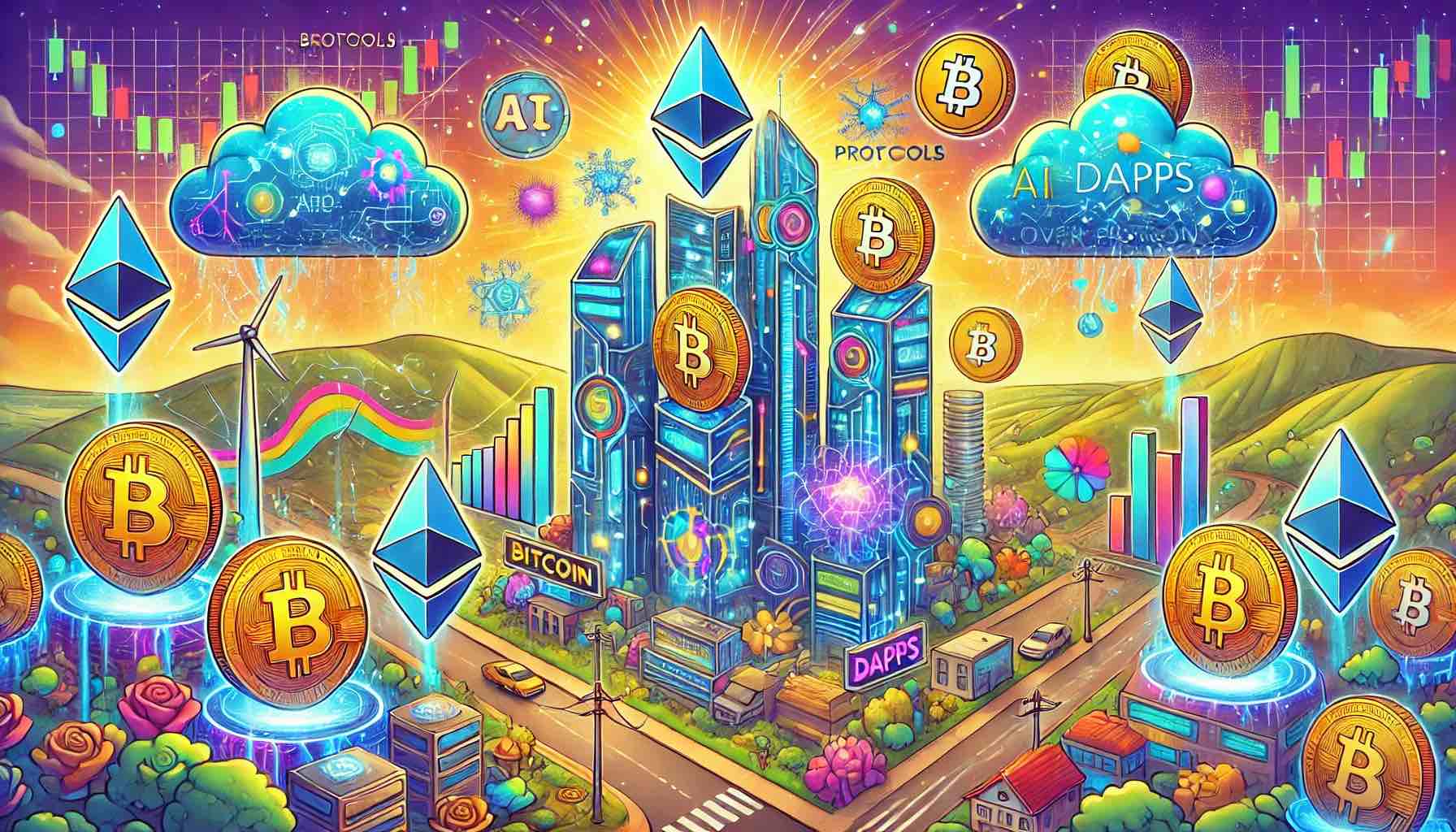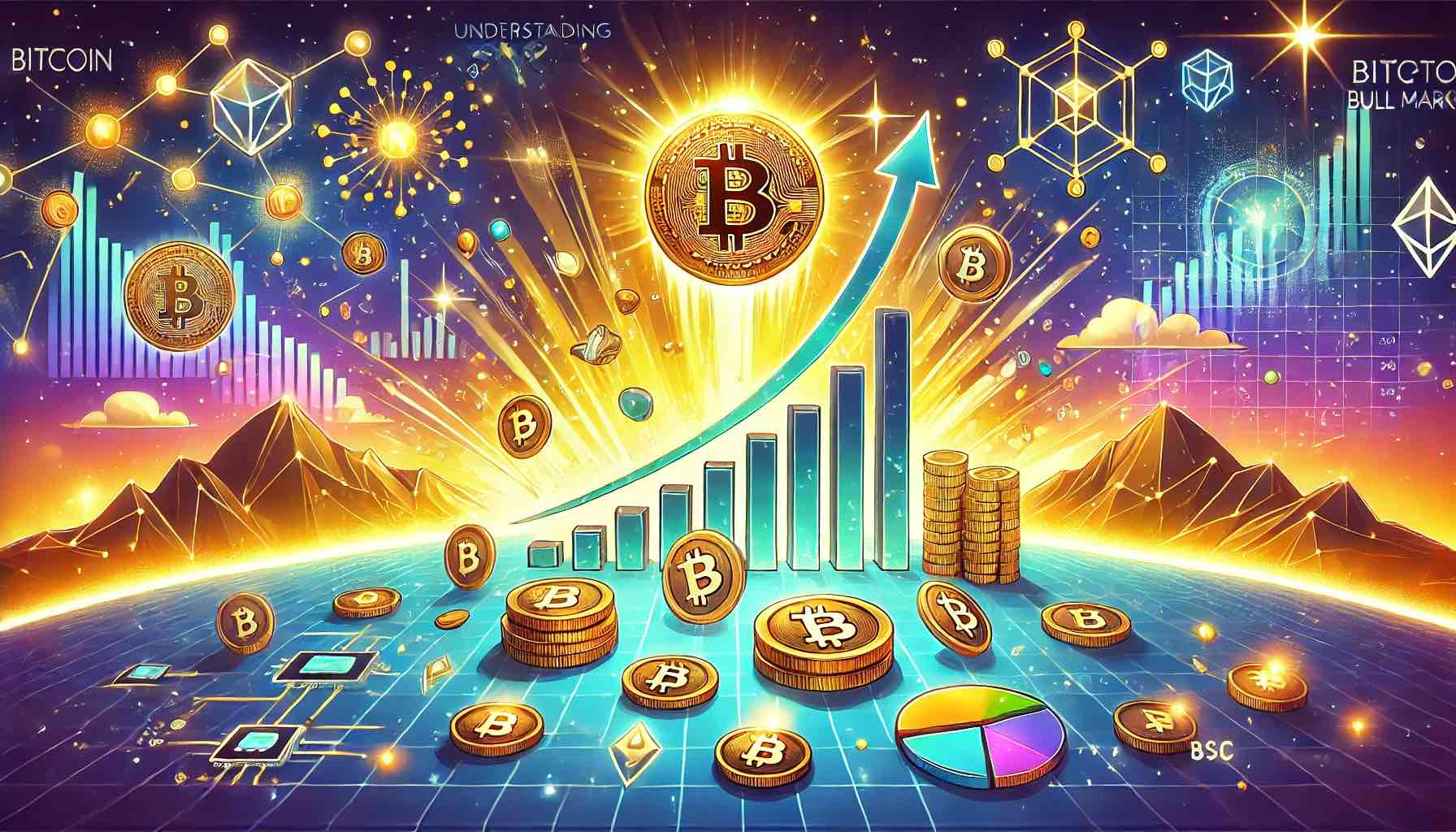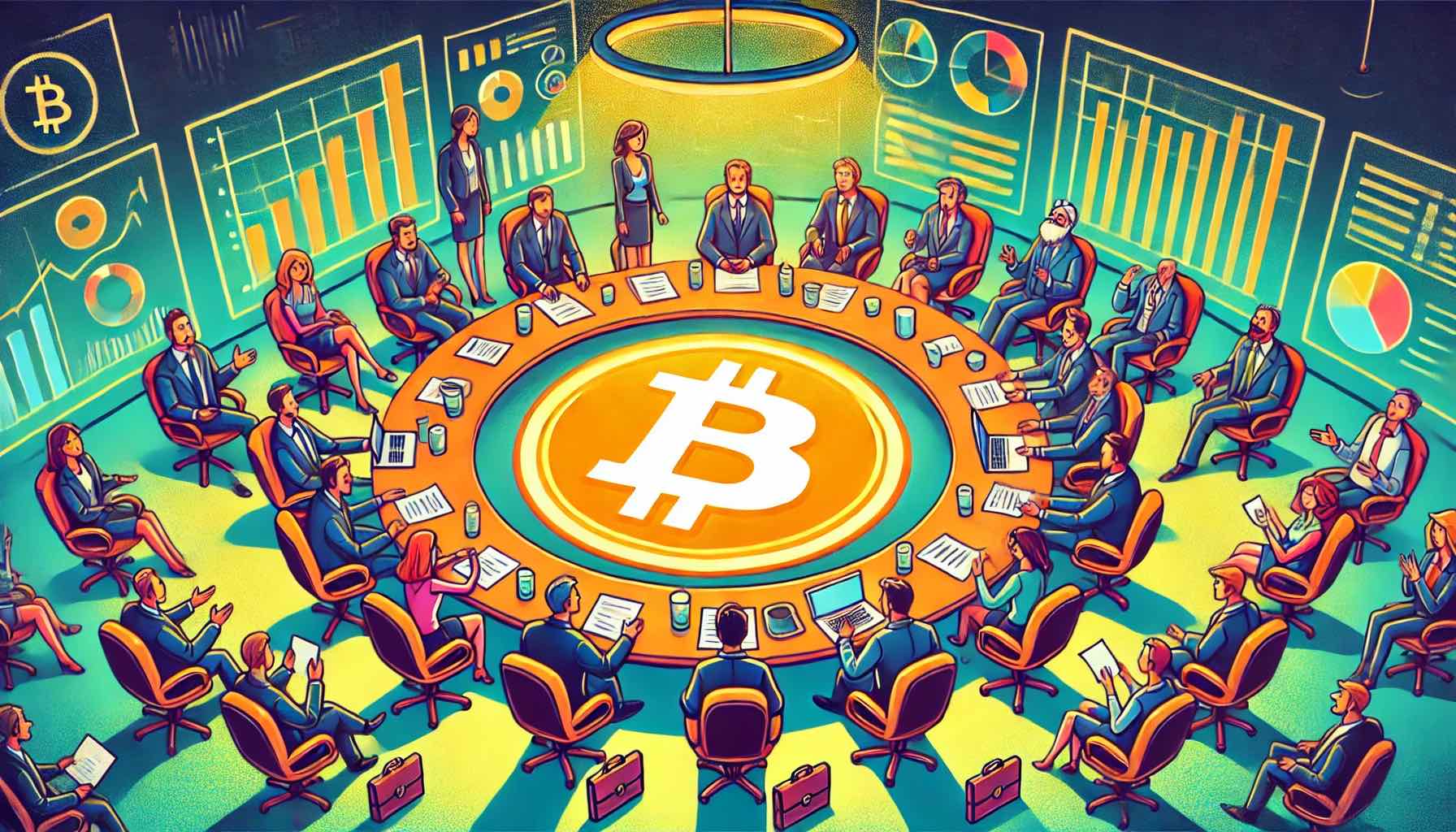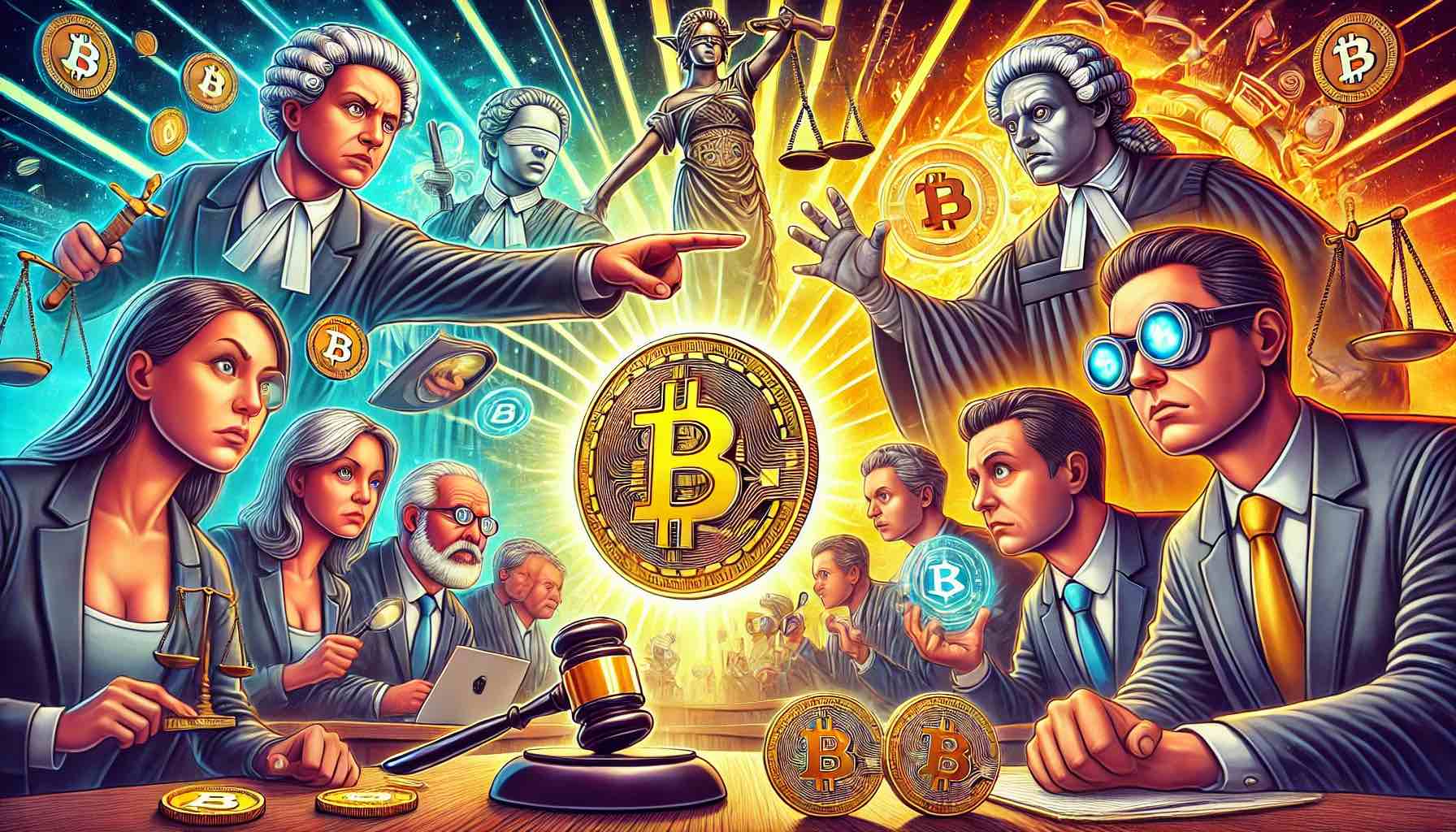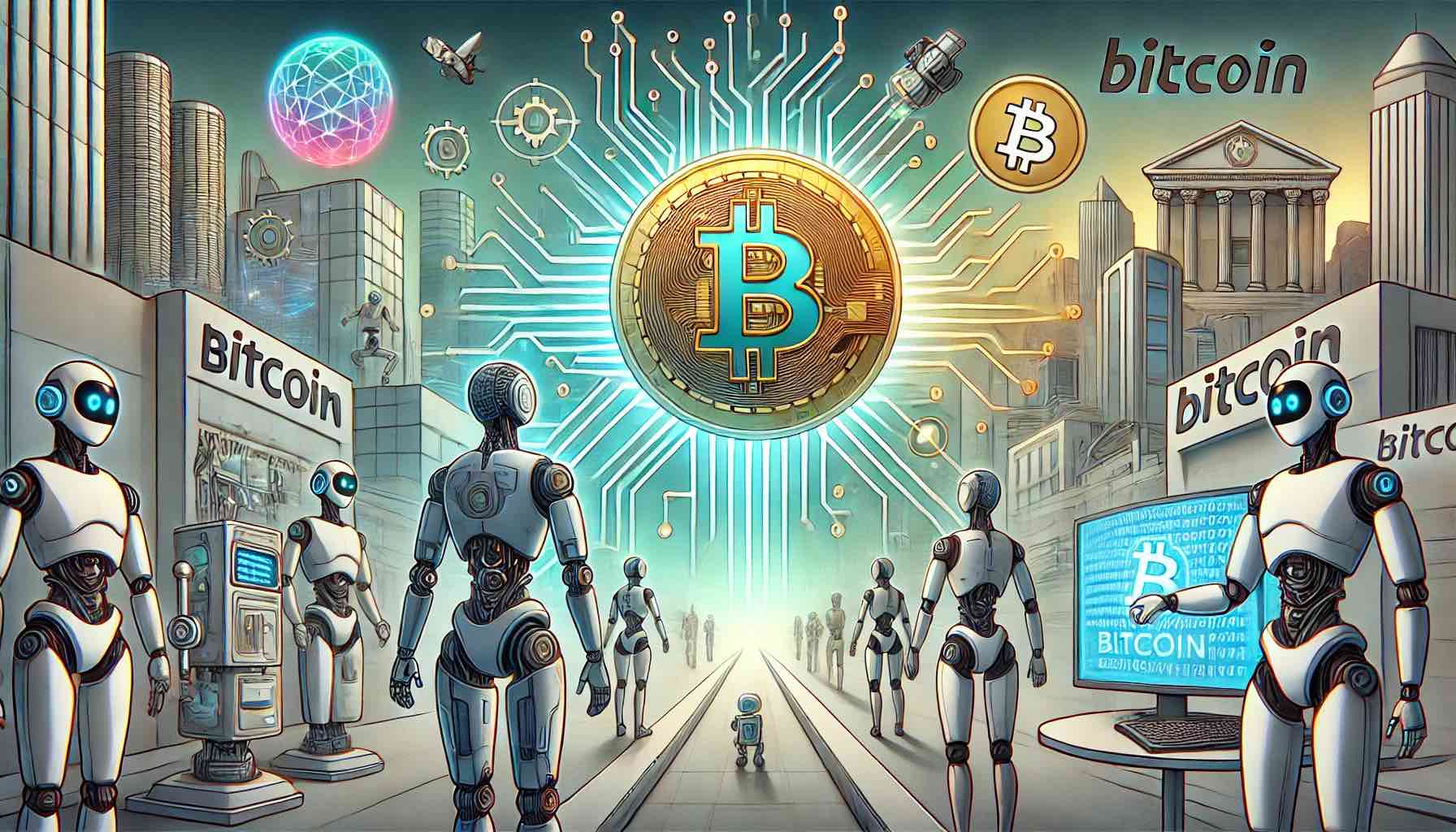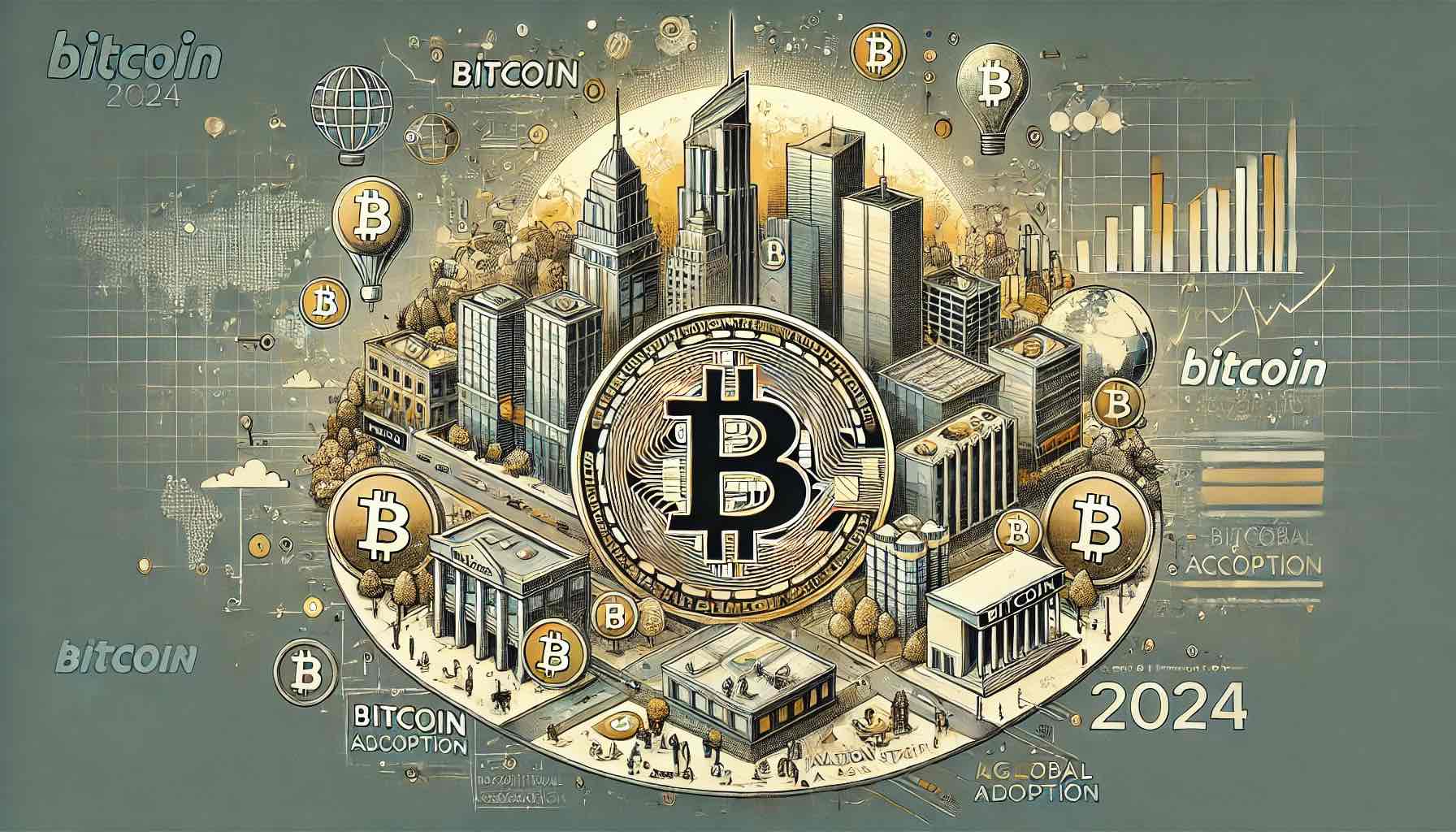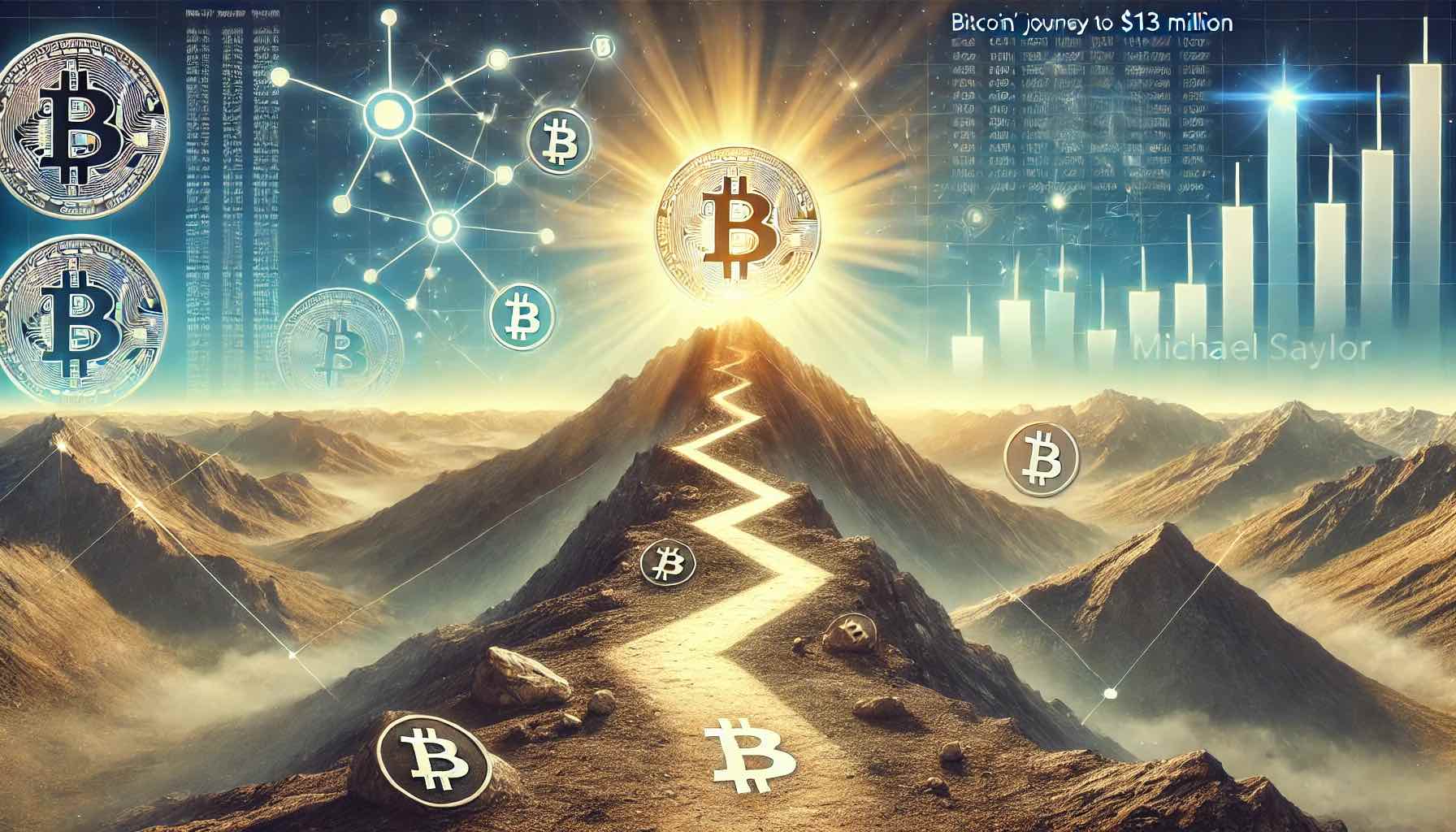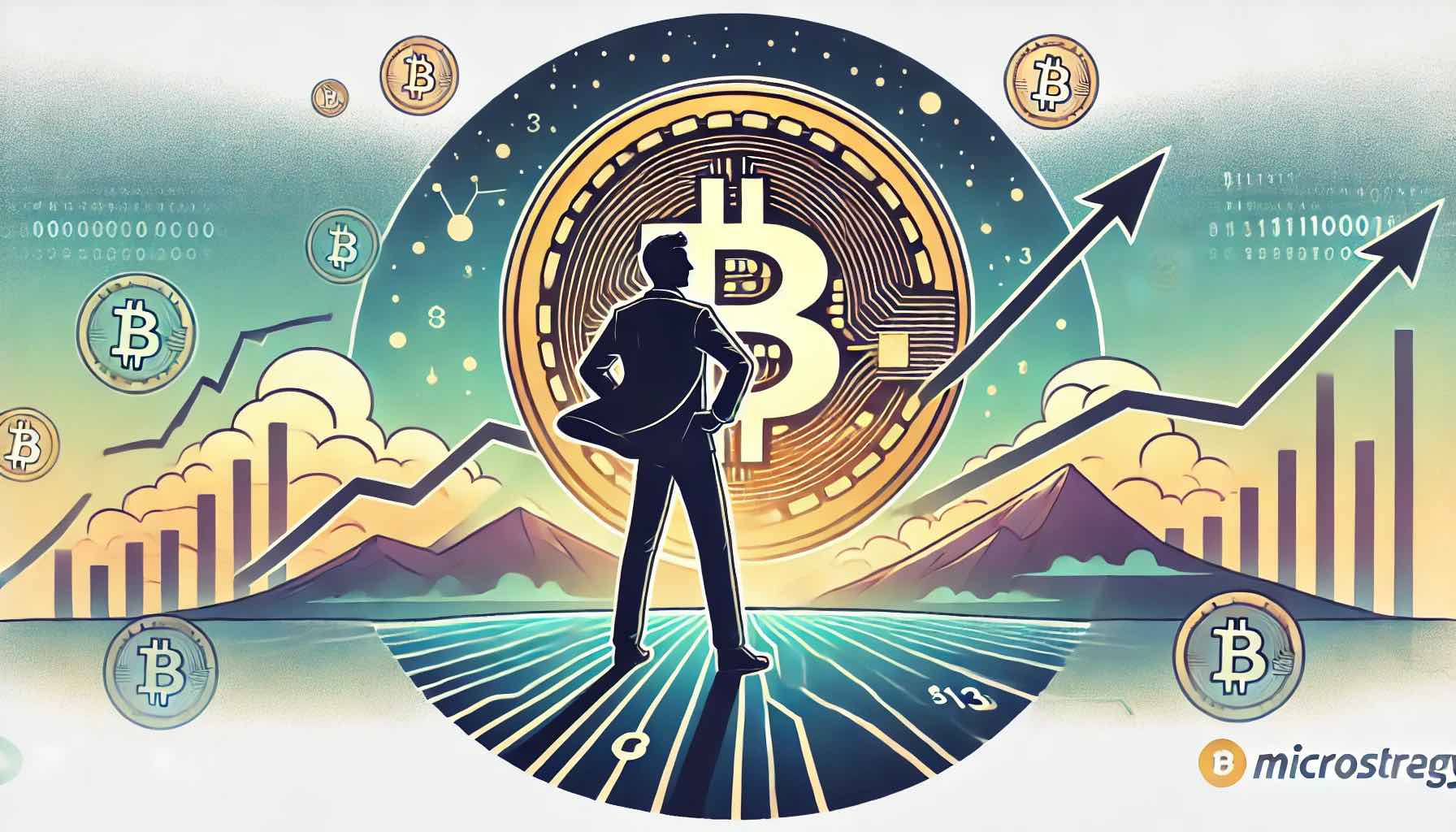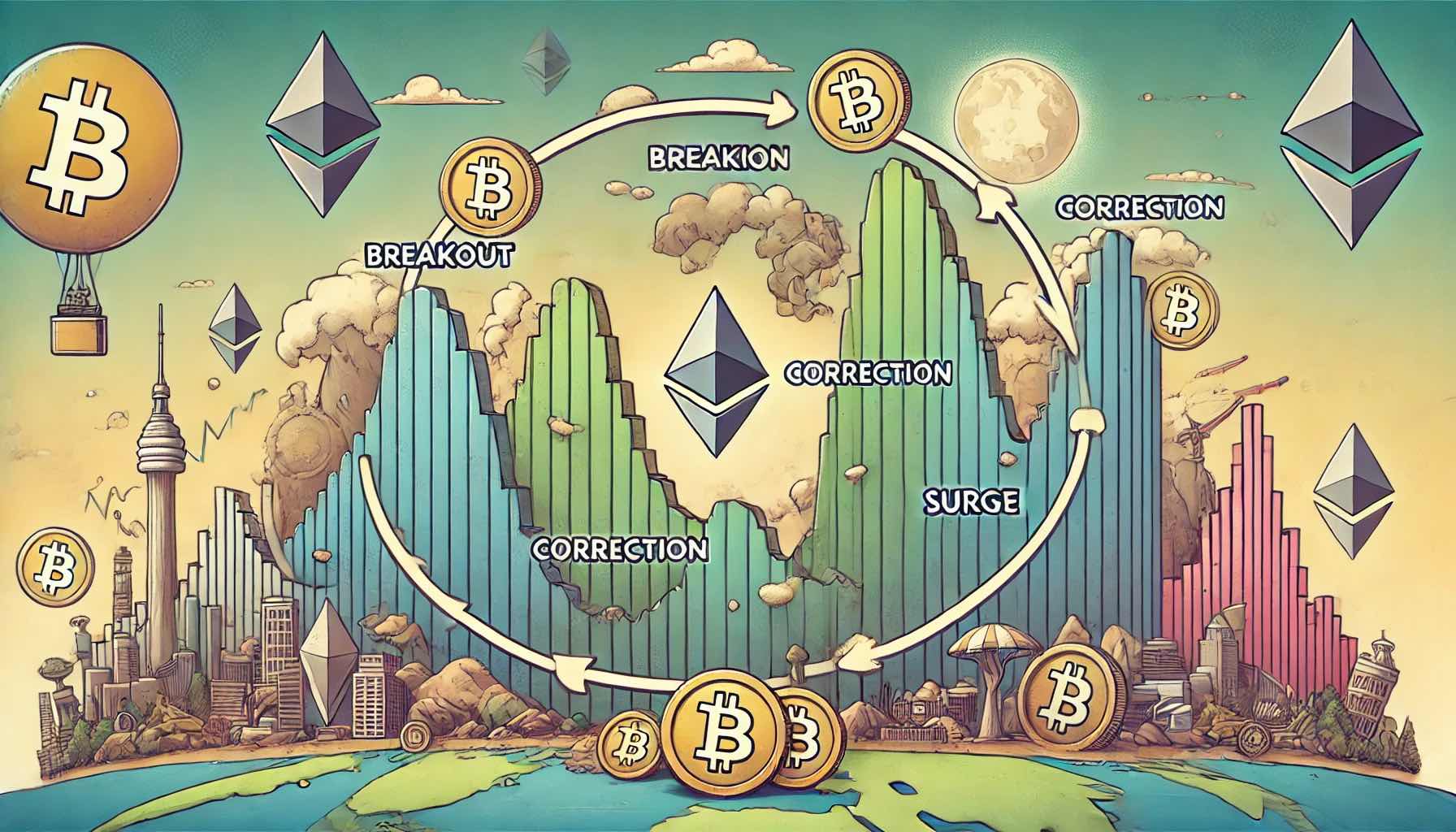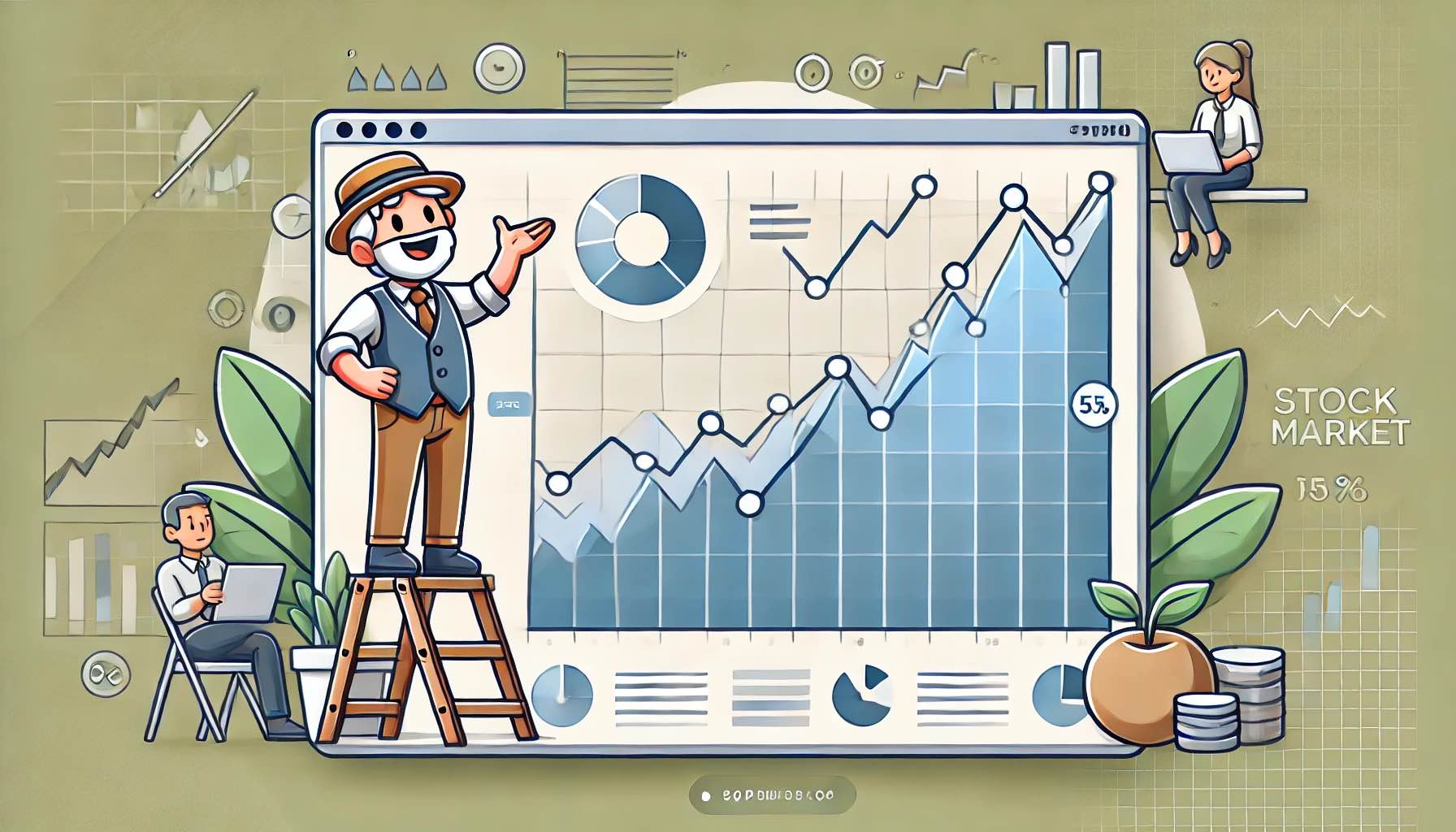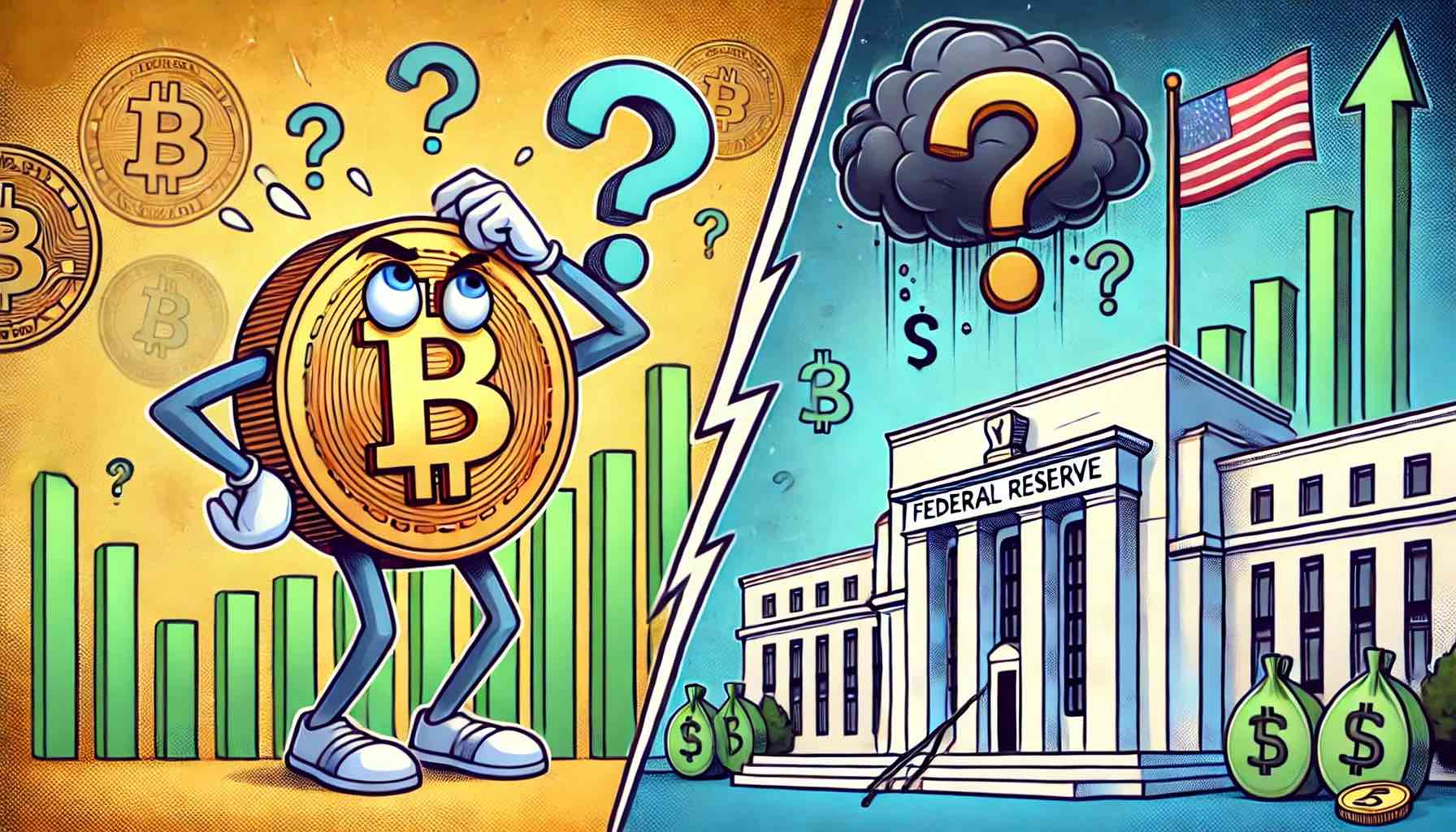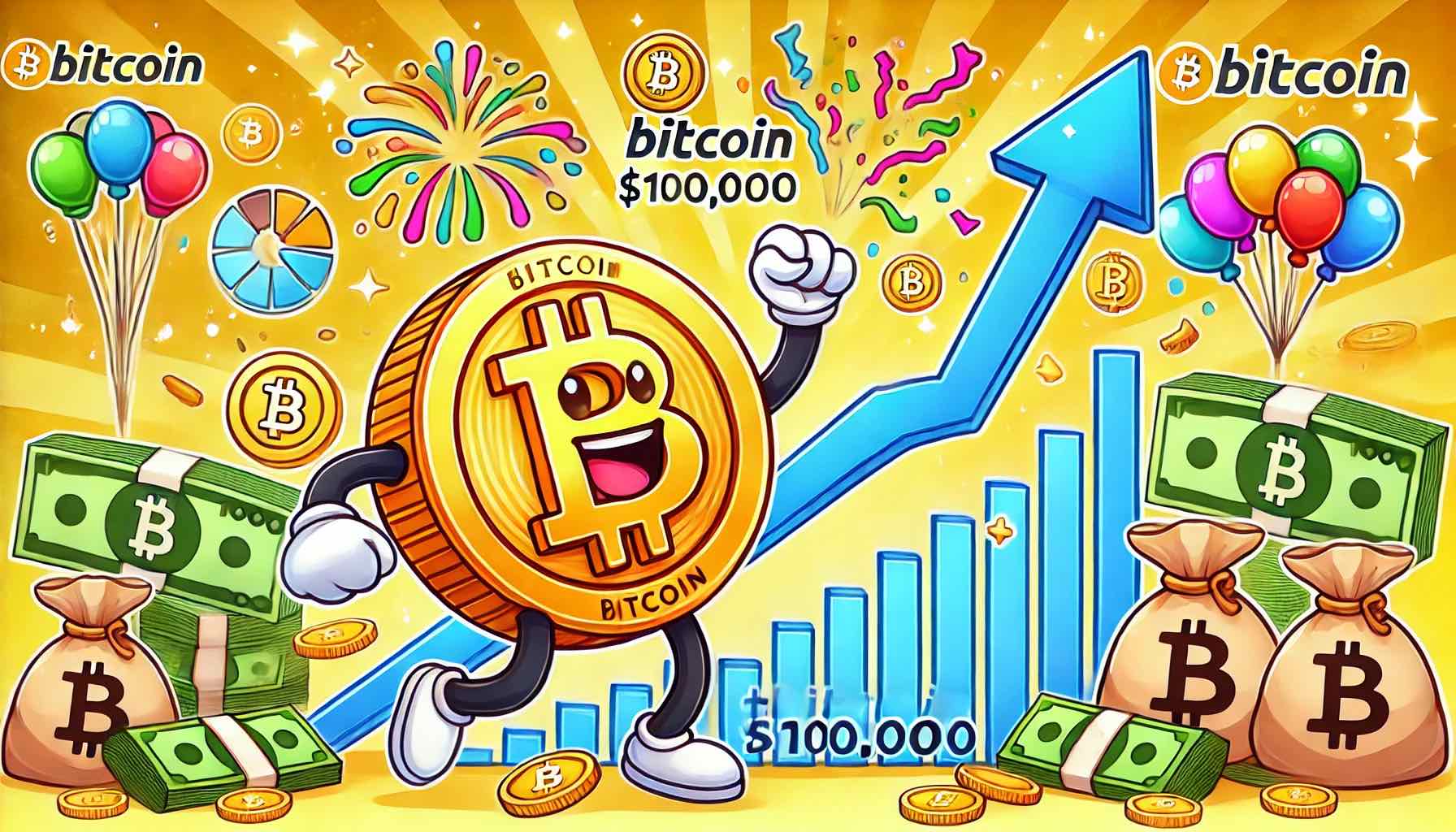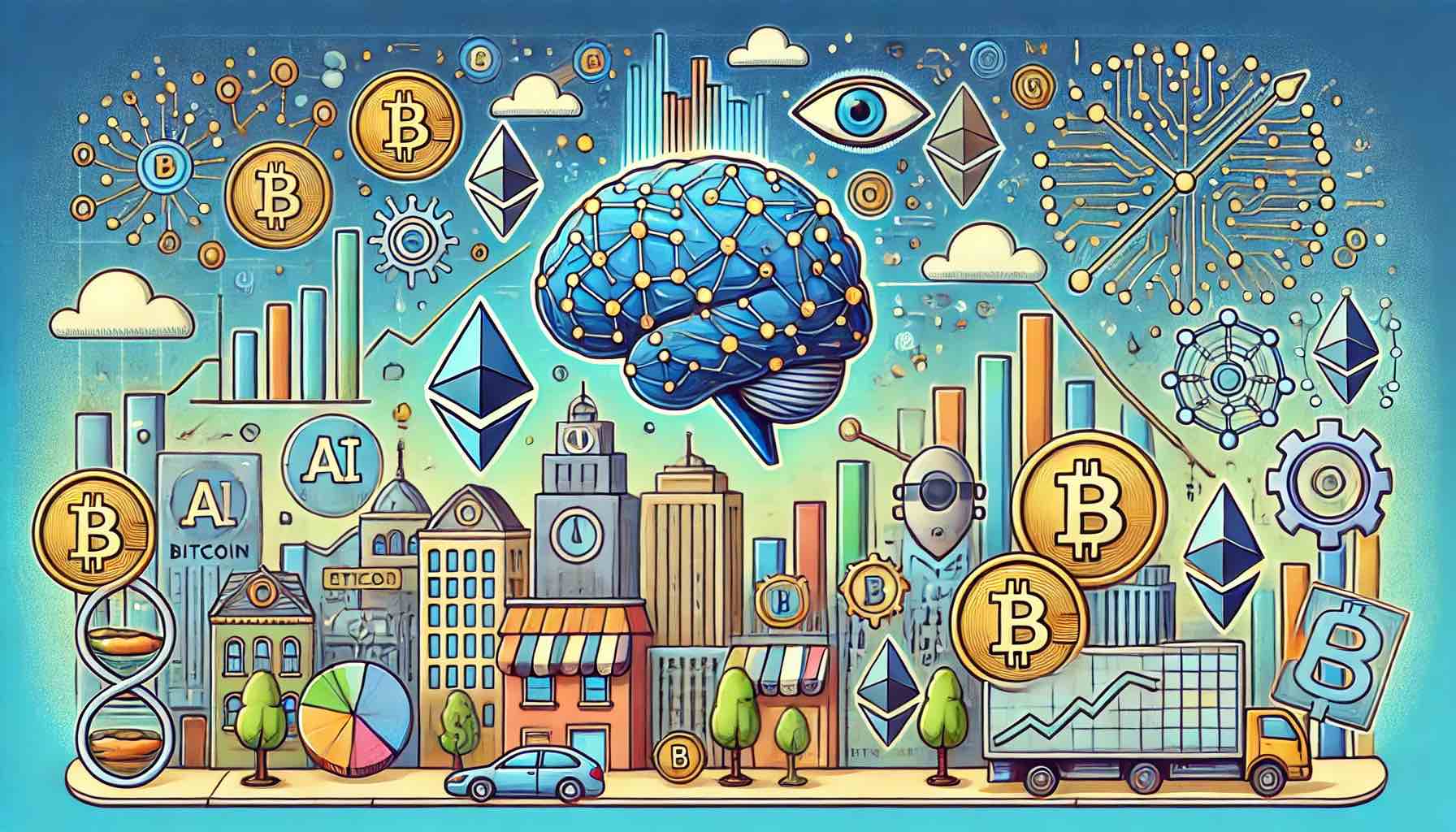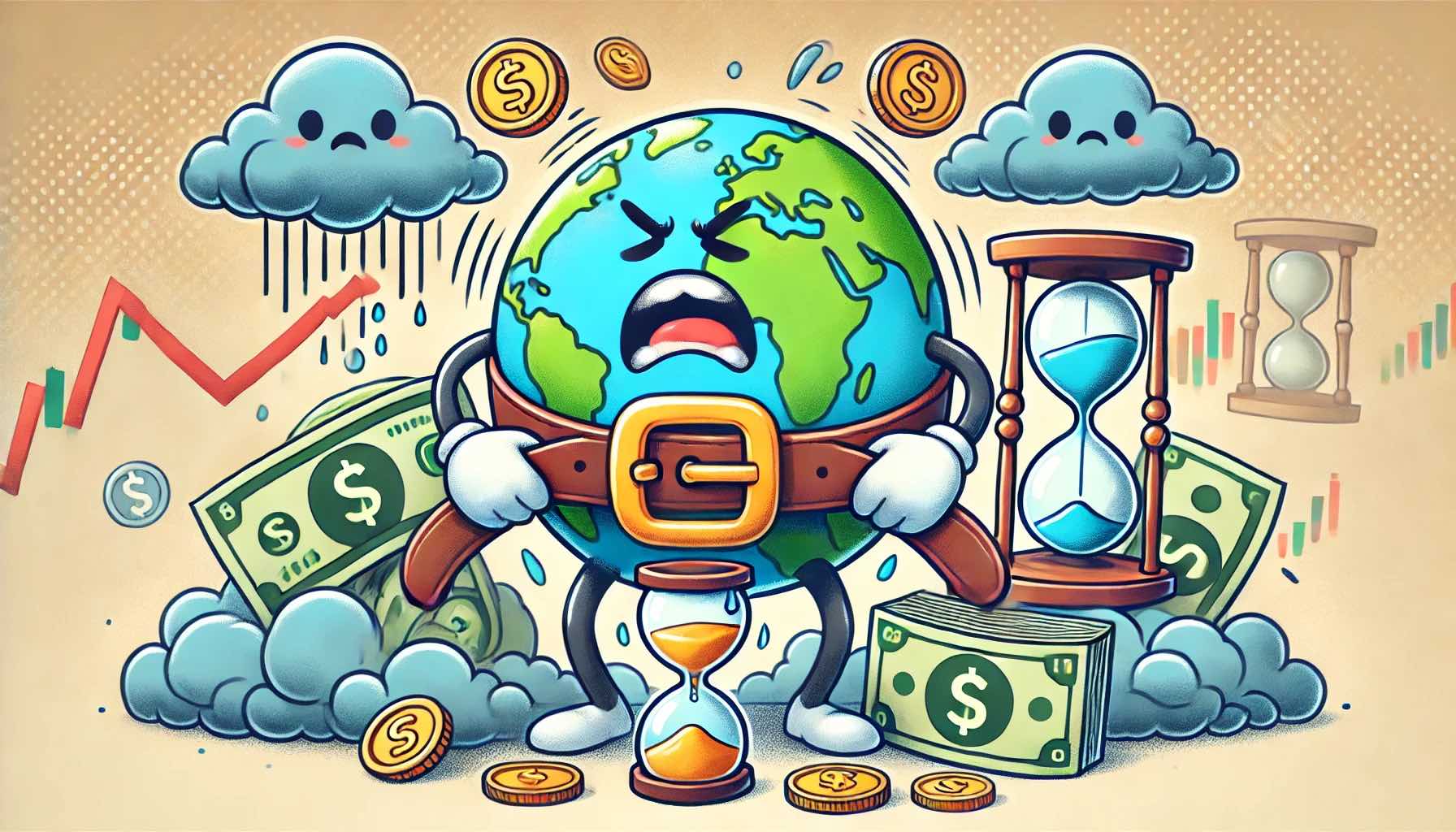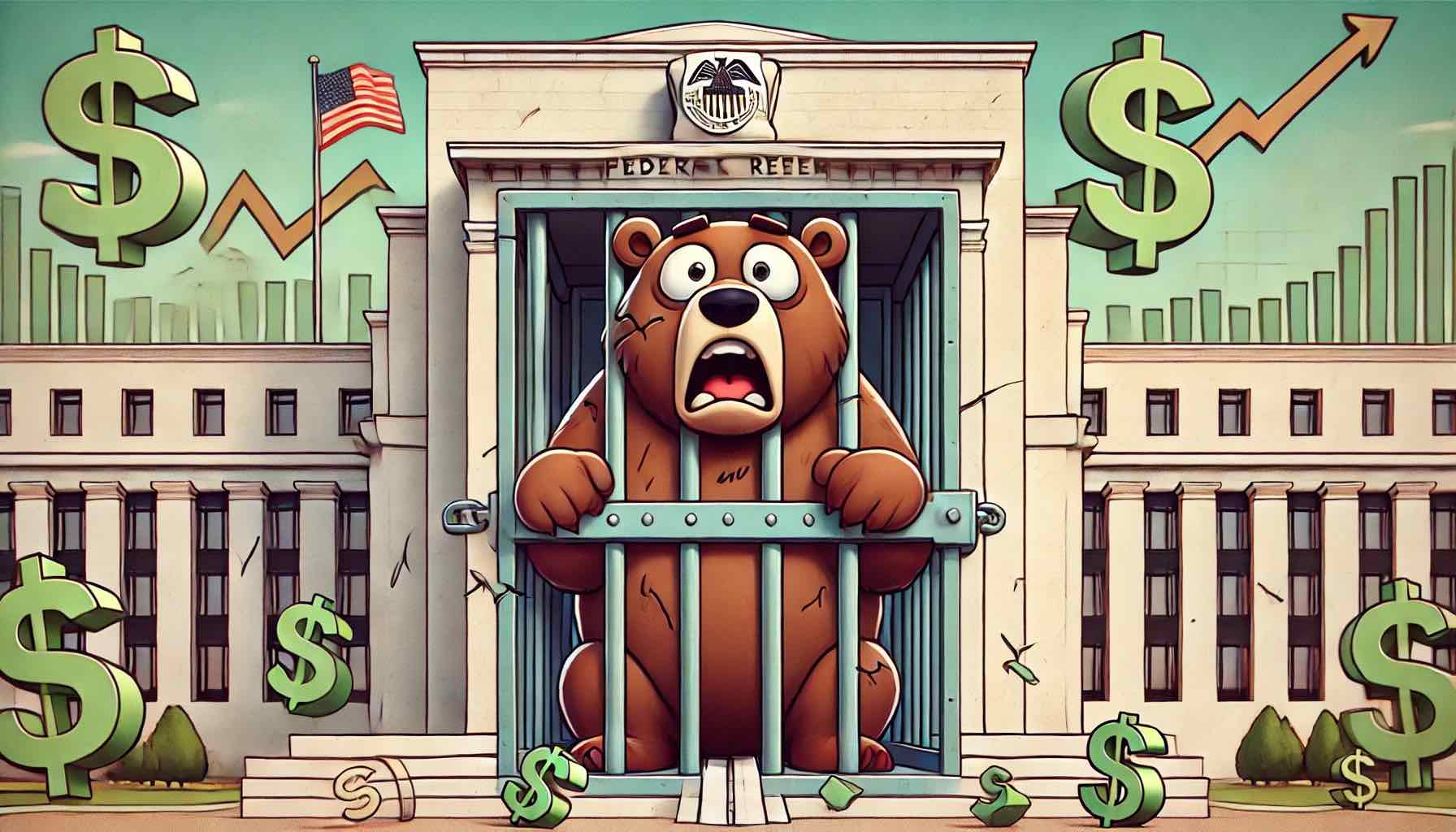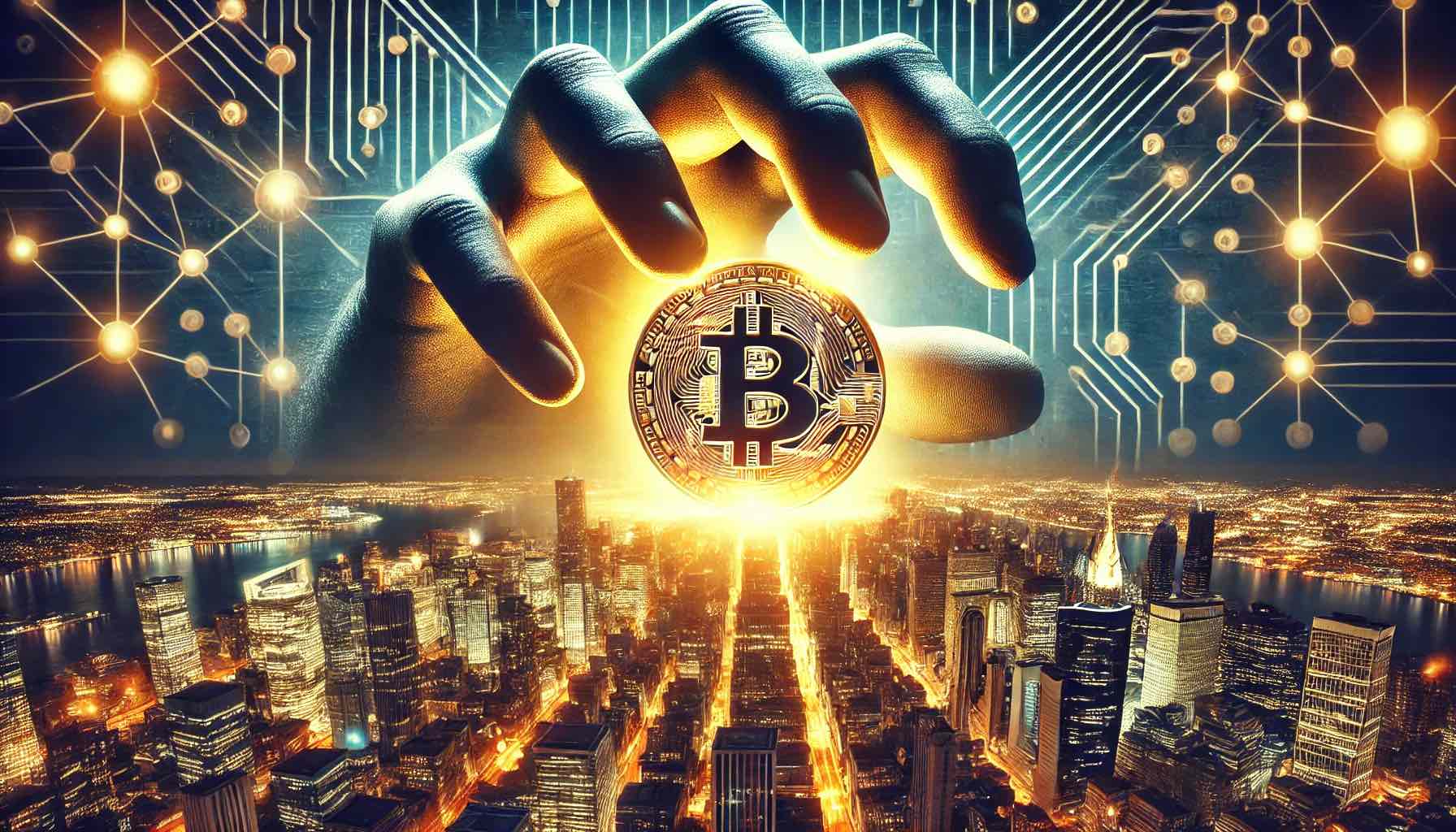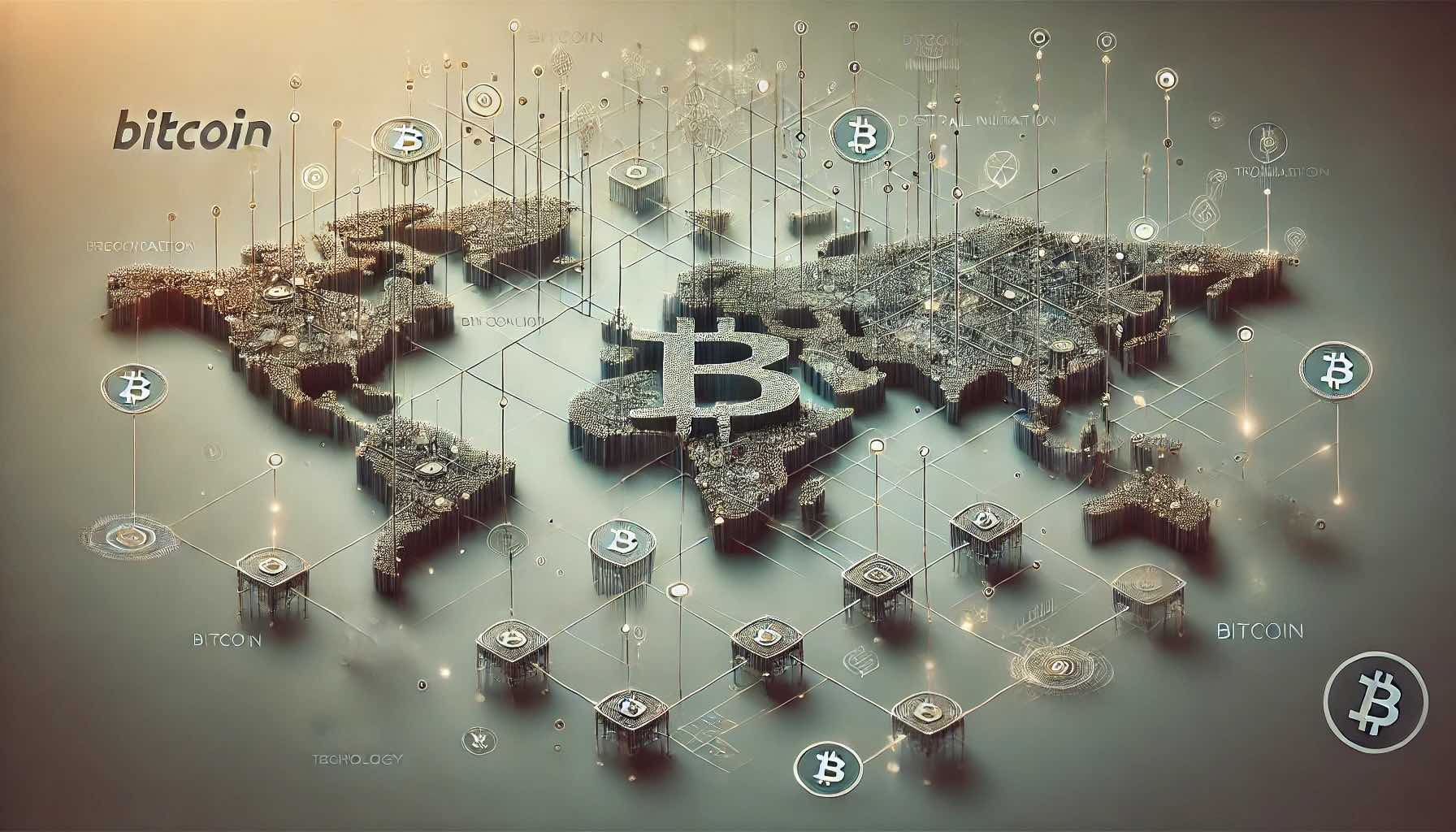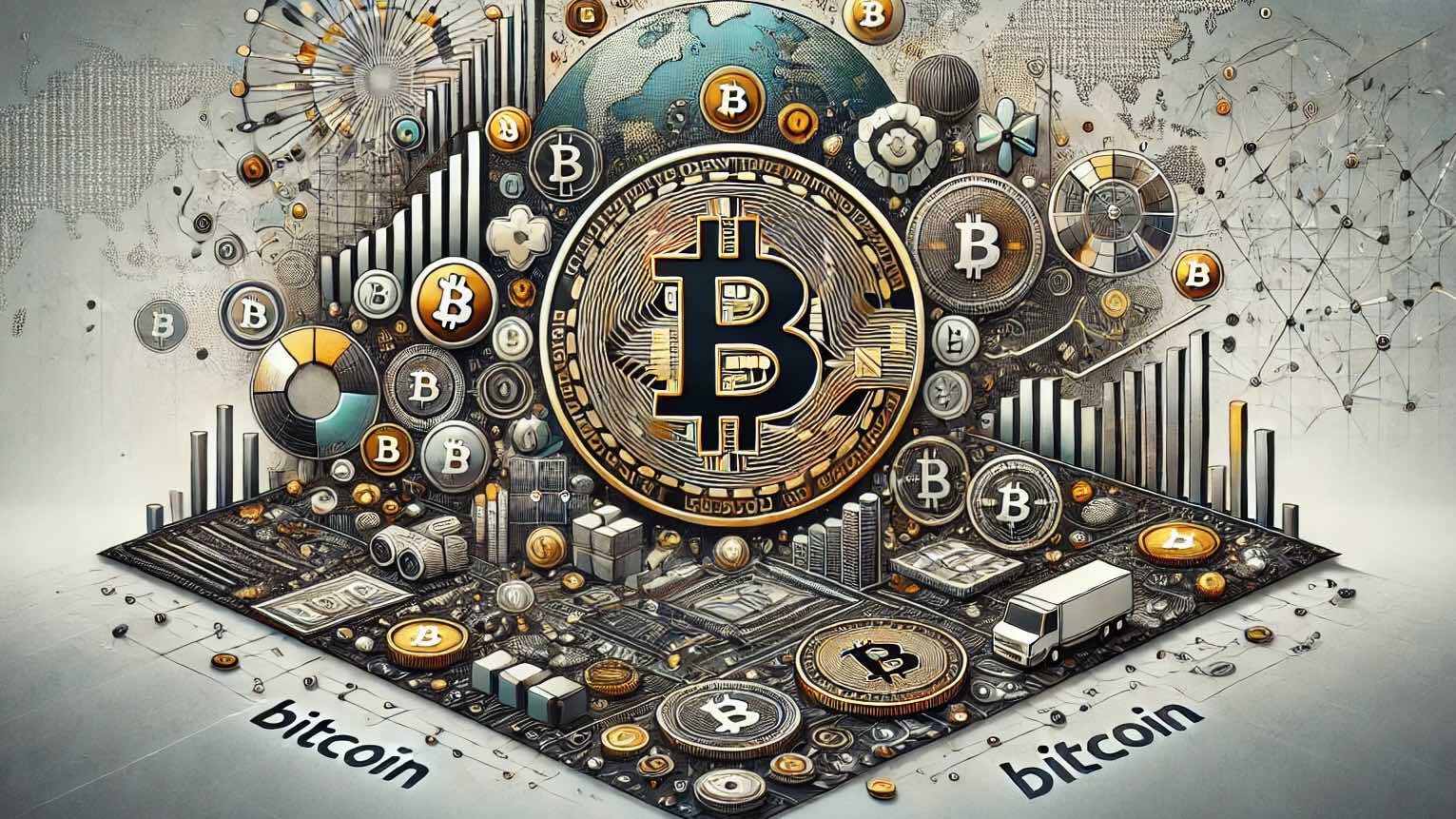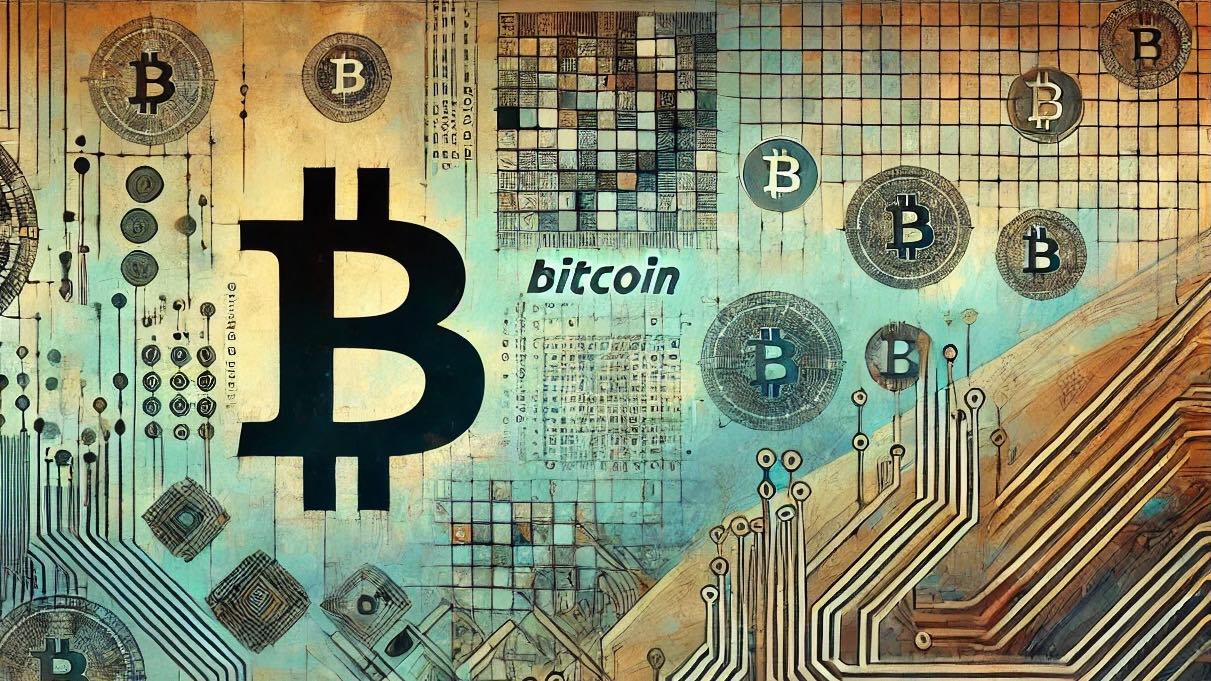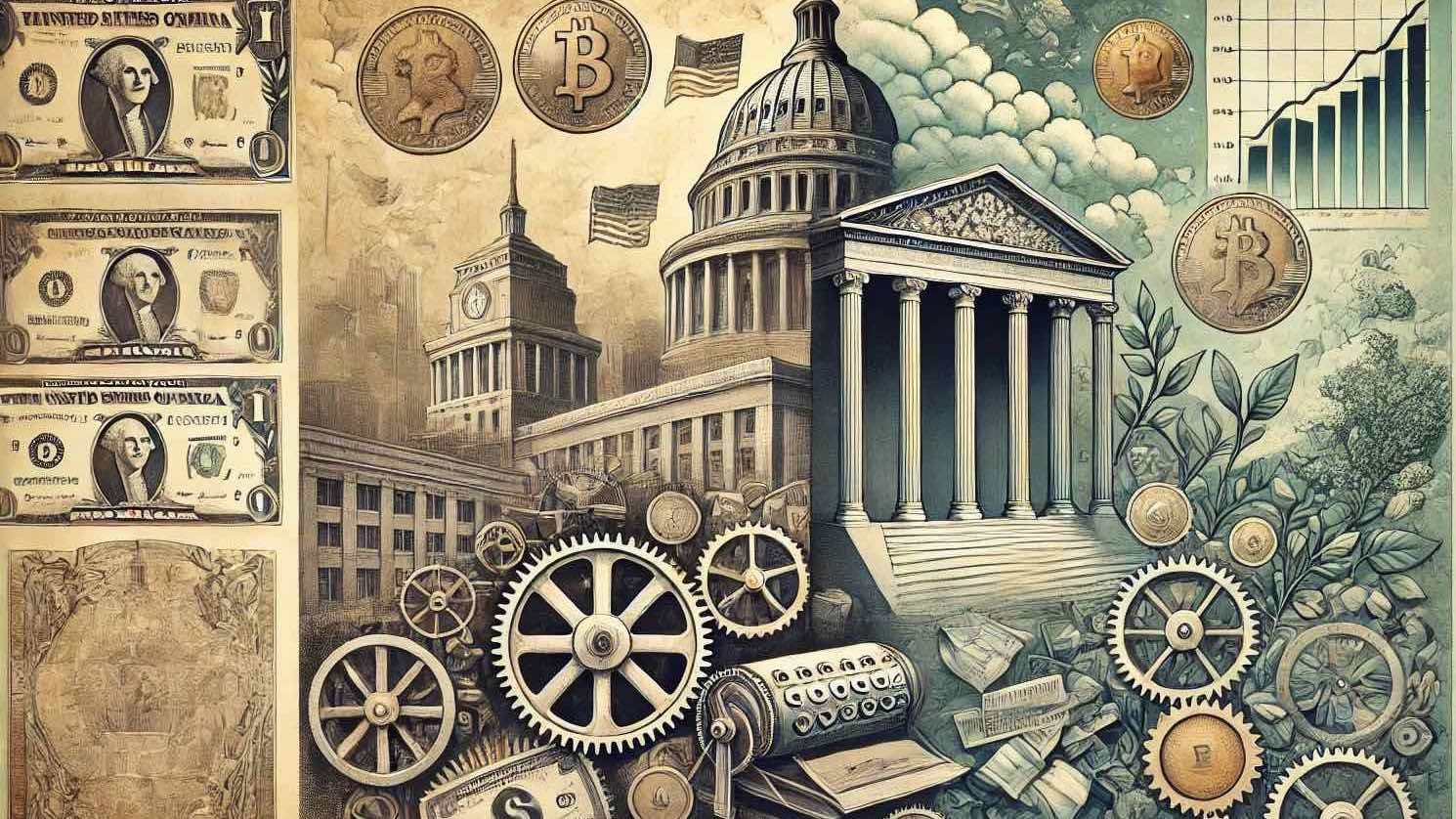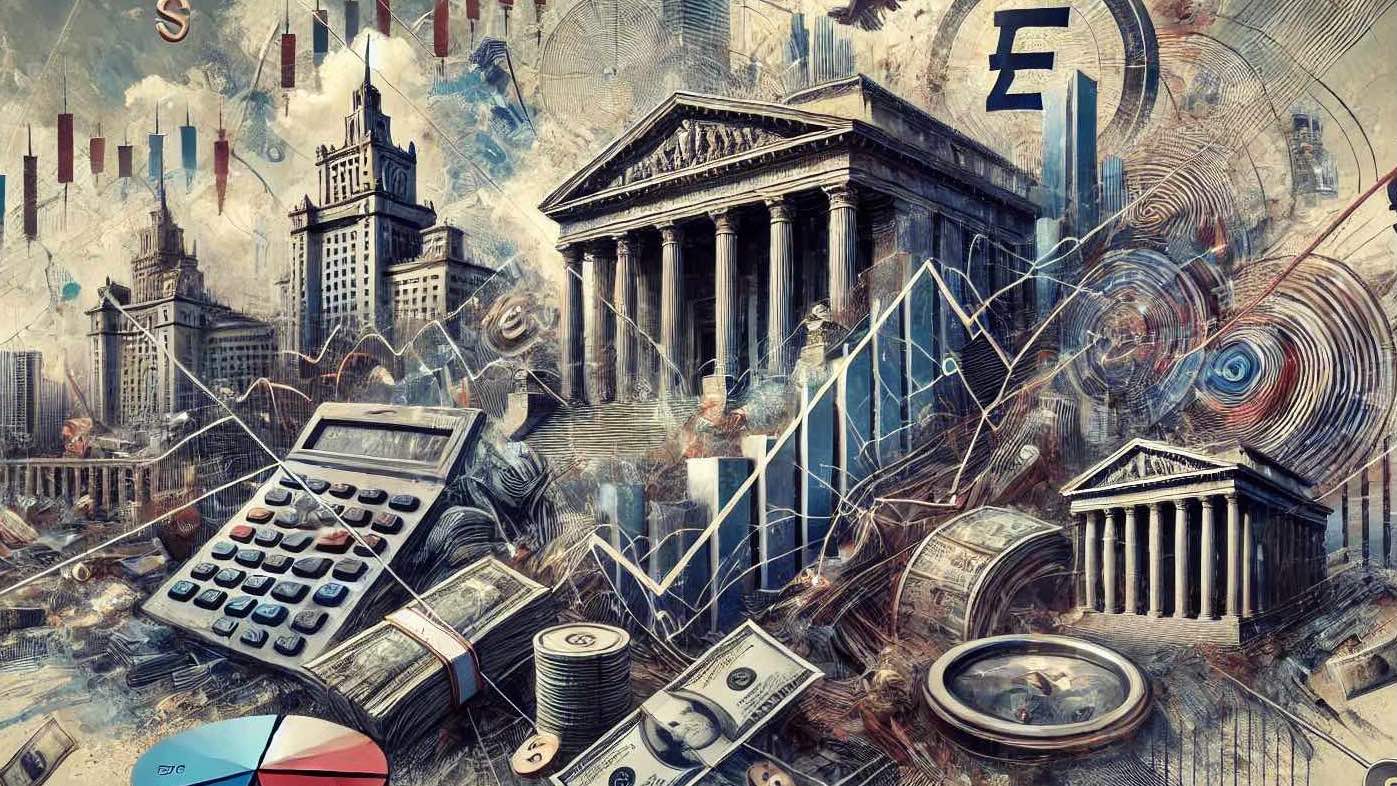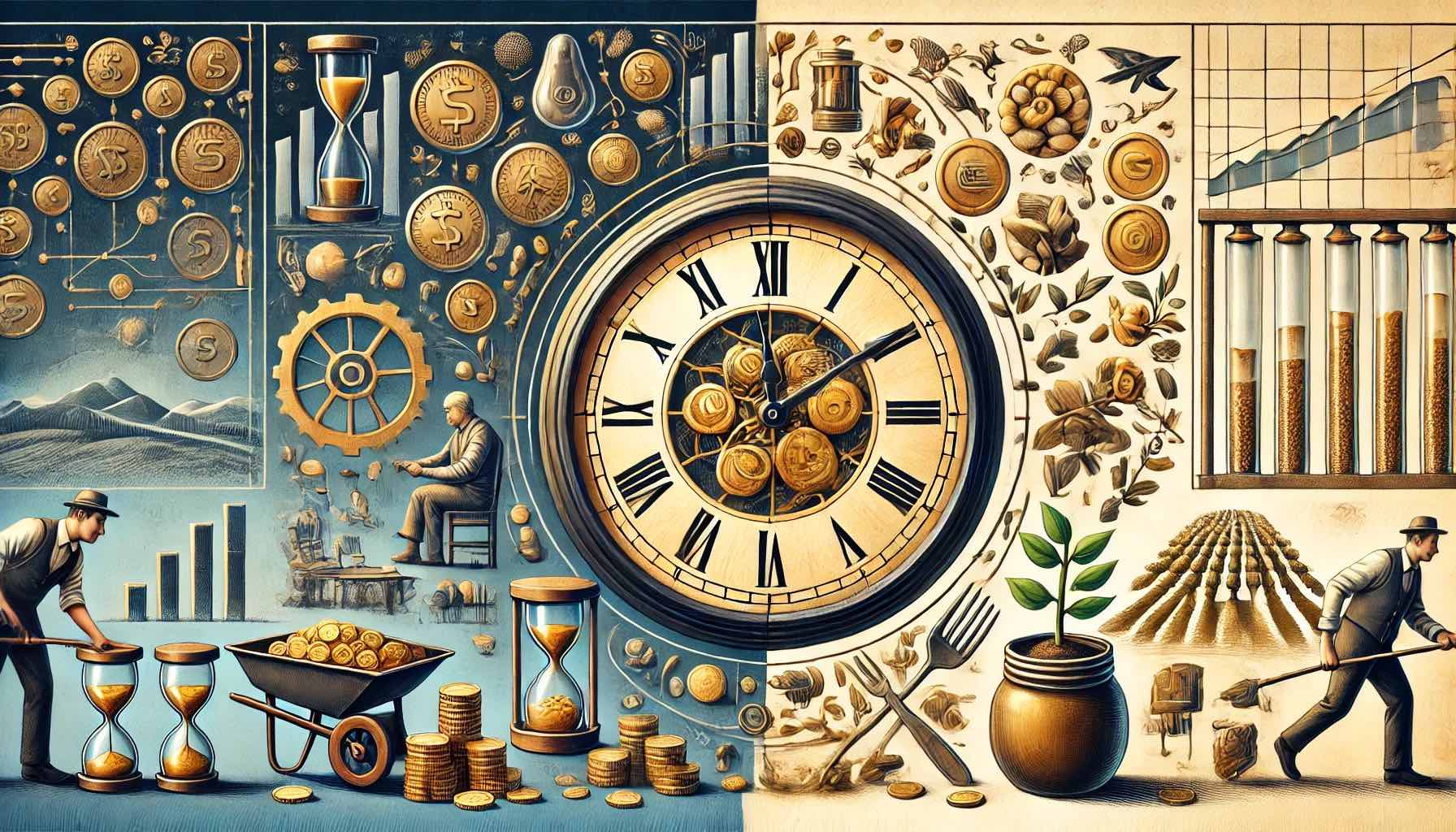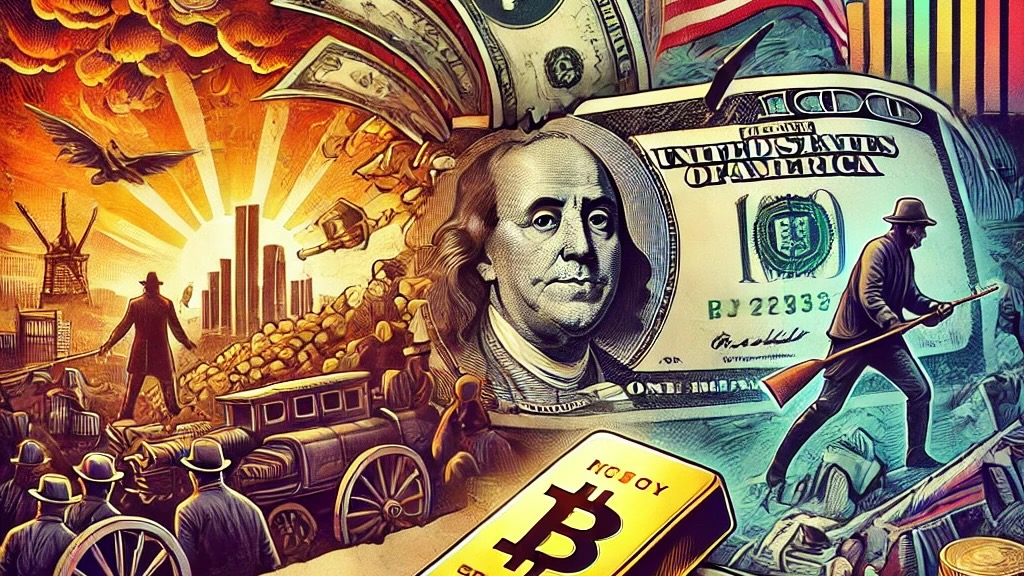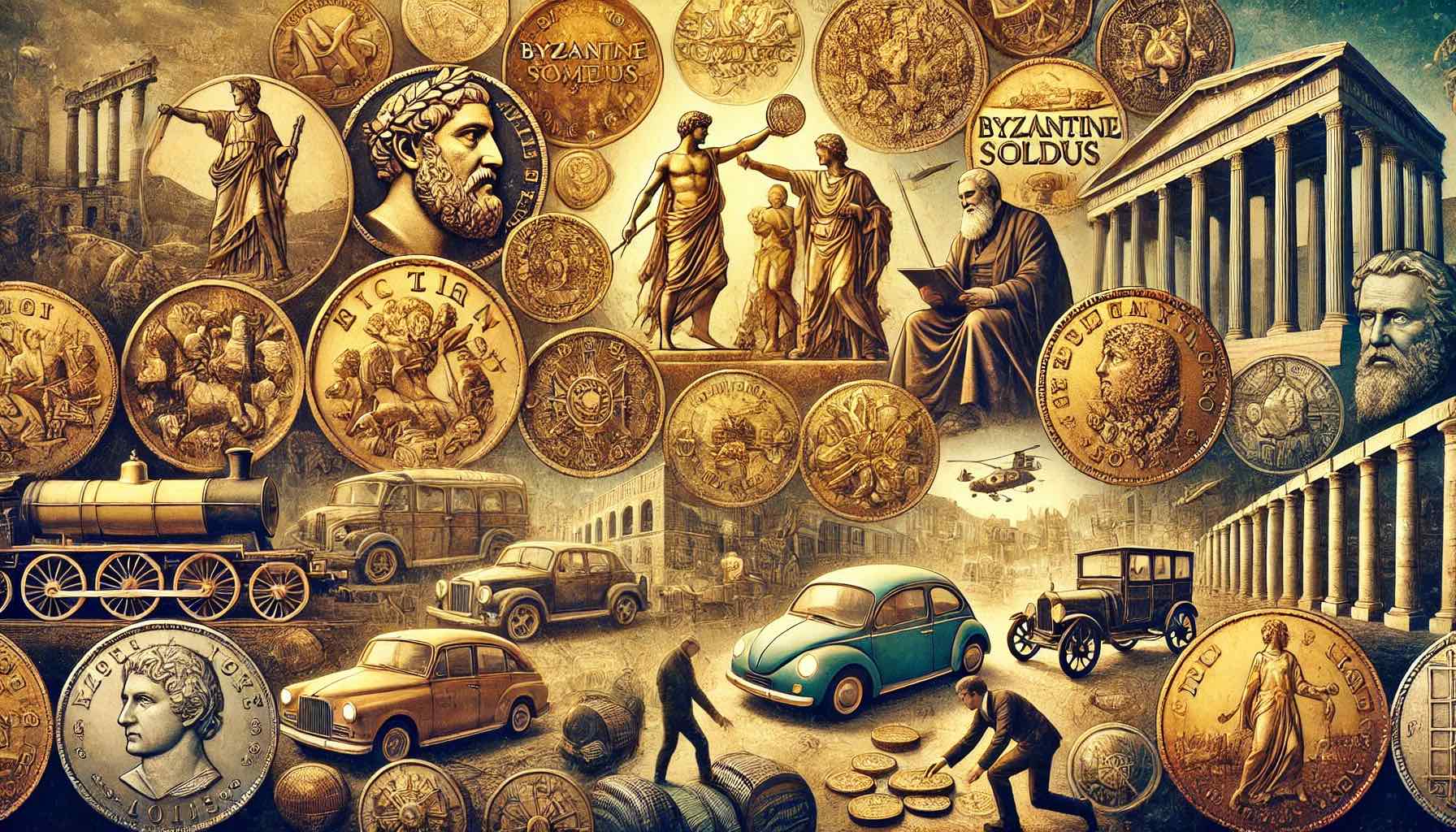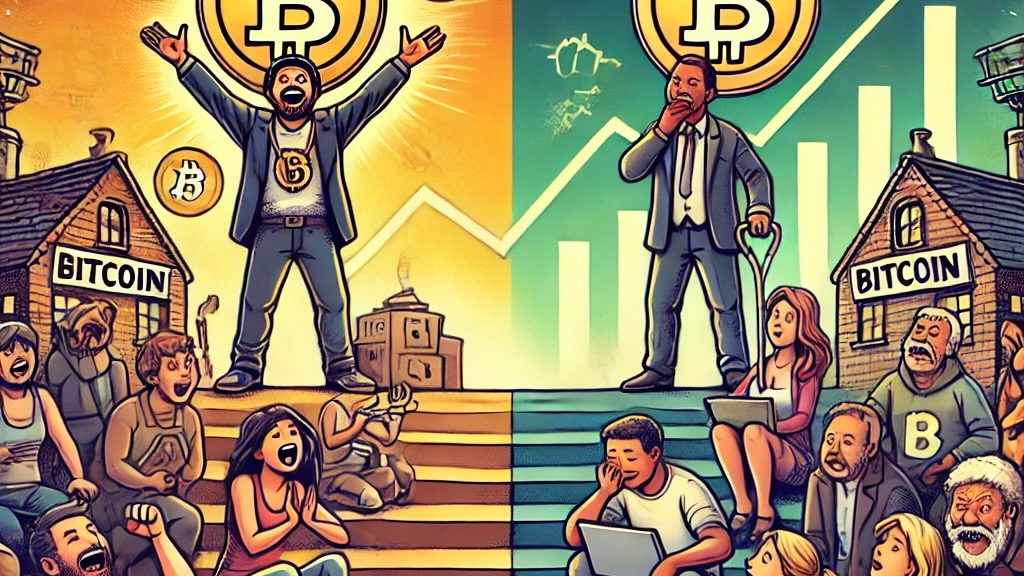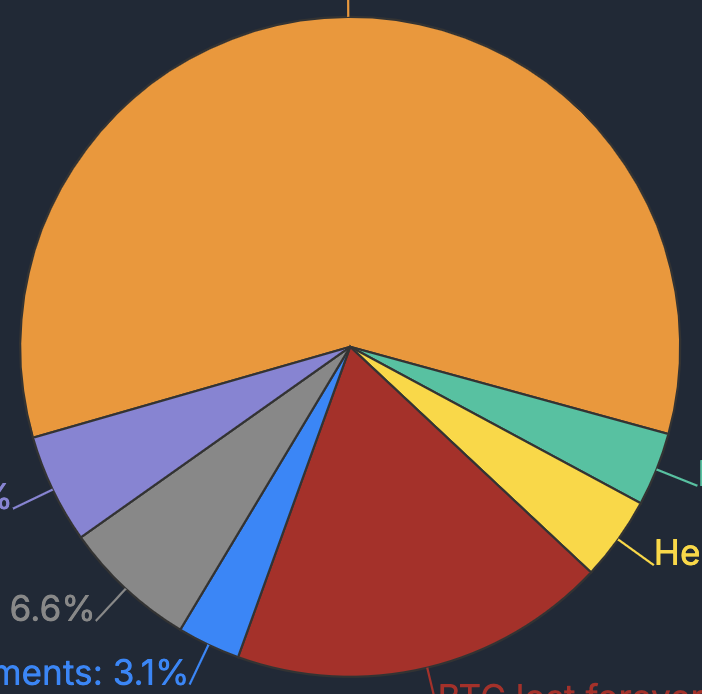A Guide to Money: Everything You Never Knew You Needed to Know (Part 1)
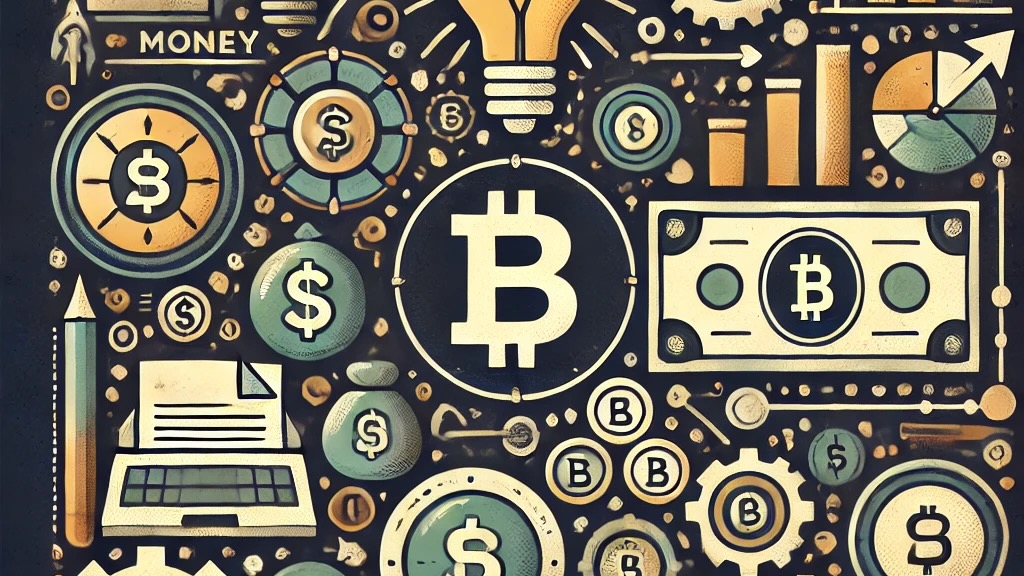
The Basics
Let's start with some mind-blowing facts about money that'll make you sound smart among friends:
- The first Bitcoin purchase was for pizza (10,000 BTC for 2 pizzas in 2010)
- People once used GIANT STONES as money on an island called Yap (imagine carrying that in your pocket)
- Some prisons use ramen noodles as currency (not even joking)
- Salt was so valuable it was used as money (hence the phrase "worth their salt")
Before Money: Bartering
Before money existed, everyone had to trade things directly (called bartering), and it was a pretty annoying system. Here's why:
Problem #1: The Scale Problem
Imagine trying to buy a Tesla with cupcakes. How many cupcakes equals one Tesla? And where would the Tesla seller even store all those cupcakes?
Problem #2: The Time Problem
Let's say you grow strawberries and want to trade them for a new iPhone. But strawberries go bad in like a week! You'd need to find someone who:
- Has a new iPhone to trade
- Wants exactly your amount of strawberries
- Wants them right now before they rot
Good luck with that.
Problem #3: The Location Problem
Want to sell your house in New York to buy one in California? You can't exactly pick up your NY house and bring it to CA for the trade!
What Makes Money Actually Work?
Here's what makes “good money” (and no, it's not just "being pretty and durable” like gold coins"):
1. Divisibility (Splitting It Up)
Good money: Can be divided into smaller pieces without losing value. Bad money: Try splitting a cow (or a Tesla) in half to buy something cheaper.
2. Portability (Carrying It Around)
Good money: Fits in your pocket or phone. Bad money: Those giant Yap stones we mentioned (seriously, Google them) or gold, for that matter.
3. Durability (Not Getting Destroyed)
Good money: Doesn't rot, rust, or fall apart. Bad money: Banana money would be the WORST.
4. The Most Important Part: Being Hard to Make More Of
This is literally the key to everything. If everyone could print money in their basement = Money becomes worthless. If it's super hard to make more = Stays valuable.
The Evolution of Money (Speedrun Version)
The Early Days:
- Seashells (until boats made them too easy to find)
- Beads (until factories could make thousands)
- Cattle (high maintenance much?)
- Precious metals (actually worked pretty well)
Middle Ages to Now:
- Gold and silver coins
- Paper money backed by gold
- Modern government money (dollars, euros, etc.)
- Digital money and crypto
Why This Actually Matters to You
When you save money, you're basically storing your time and effort for later use. But here's the catch: If the money keeps losing value, it's like:
- Your game save getting corrupted
- Your drafted post (that you put a crap ton of effort into) getting deleted
- Your meal prep going moldy
This is why Bitcoin was invented in 2008 by this mysterious person/group called Satoshi Nakamoto...
The Bigger Picture
Money isn't just about buying stuff - it's actually like the universal measuring tool for value. Without it, every trade would be like trying to barter on hard mode.
The Bottom Line (TL;DR for the speed readers)
Good money needs to be:
- Hard to make more of (scarcity)
- Easy to move (portability)
- Indestructible, or at least hard to destroy (durability)
- Something lots of people accept (acceptability)
- Easy to split into smaller amounts (divisibility)
Bonus Section: Fun Facts to Sound Smart
- The word salary comes from salt (because it was used as money)
- Some early American colonists used tobacco as money
- The largest amount ever paid for a pizza was those 10,000 bitcoins (worth $767,000,000 as of this writing!)
- The first paper money was used in China over 1,000 years ago
In the next post I’ll be diving deeper into the history of money, the Gold standard and tie it all into why BTC is so important.
